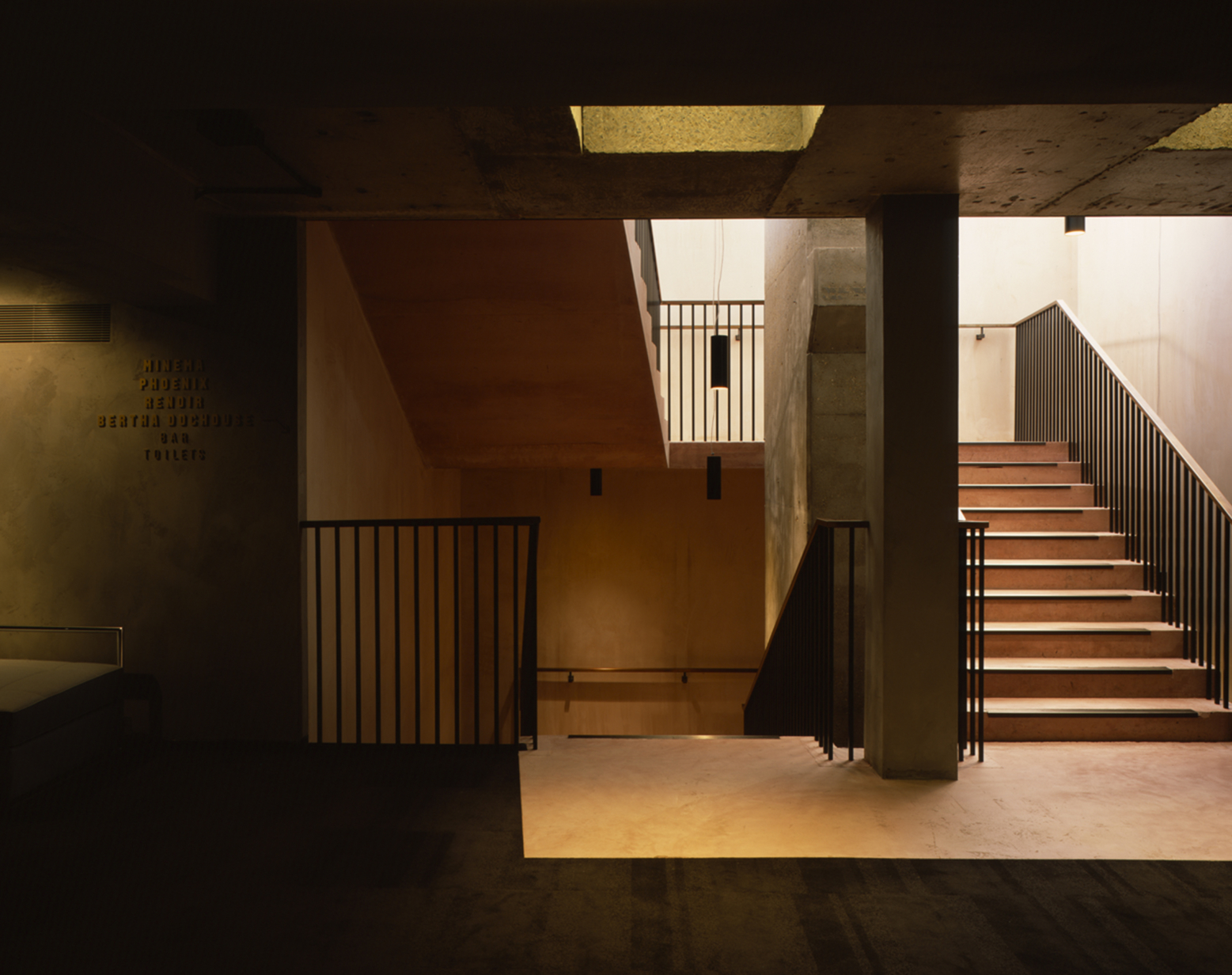
Curzon Bloomsbury
The complete renovation of the Renoir cinema to the new Curzon Bloomsbury cinema was completed in 2015. Located in the Grade II listed Brunswick Centre, London, the project included a new ground floor structure and three levels of new accommodation featuring 6 screens (1 Documentary screen), 3 bar areas, a ground floor lounge and the Bertha Dochouse lounge at -2 level.
Read more below.
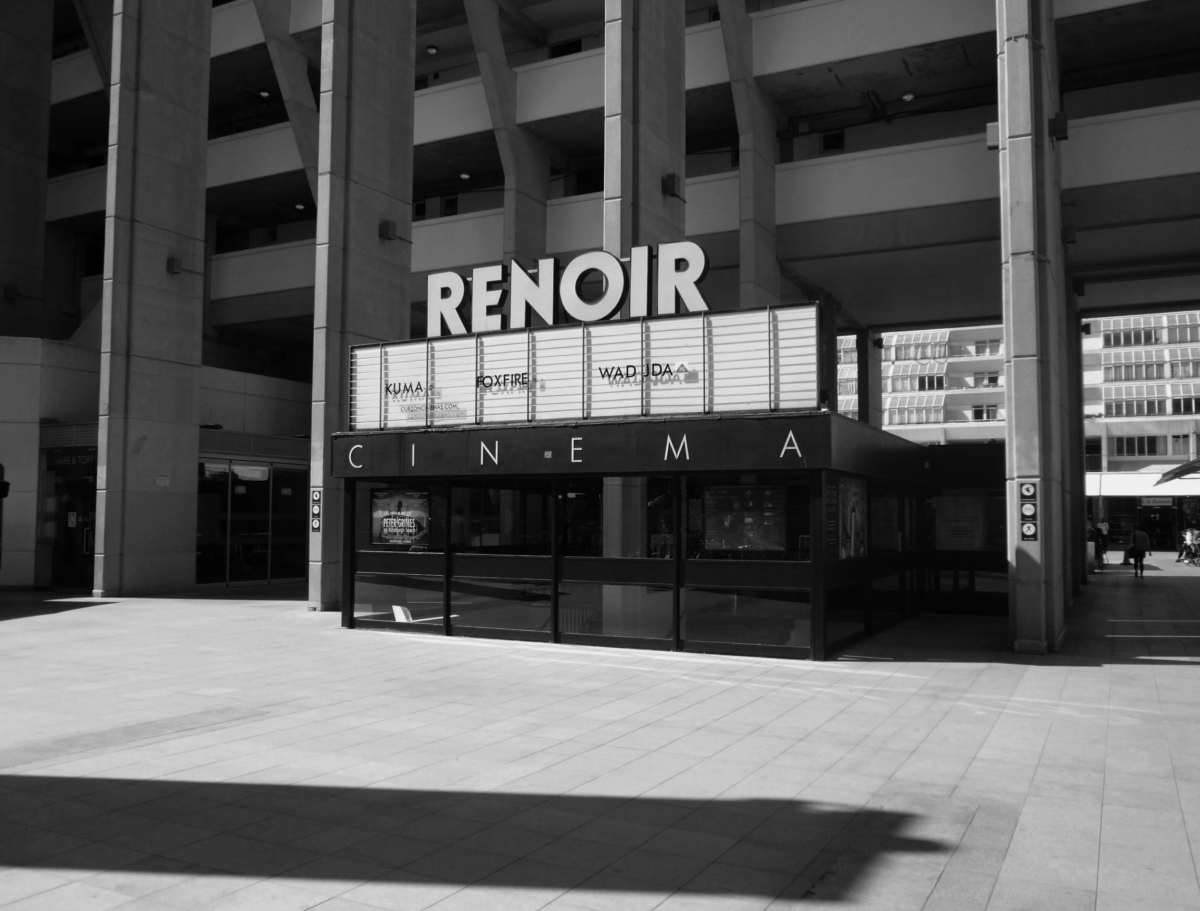
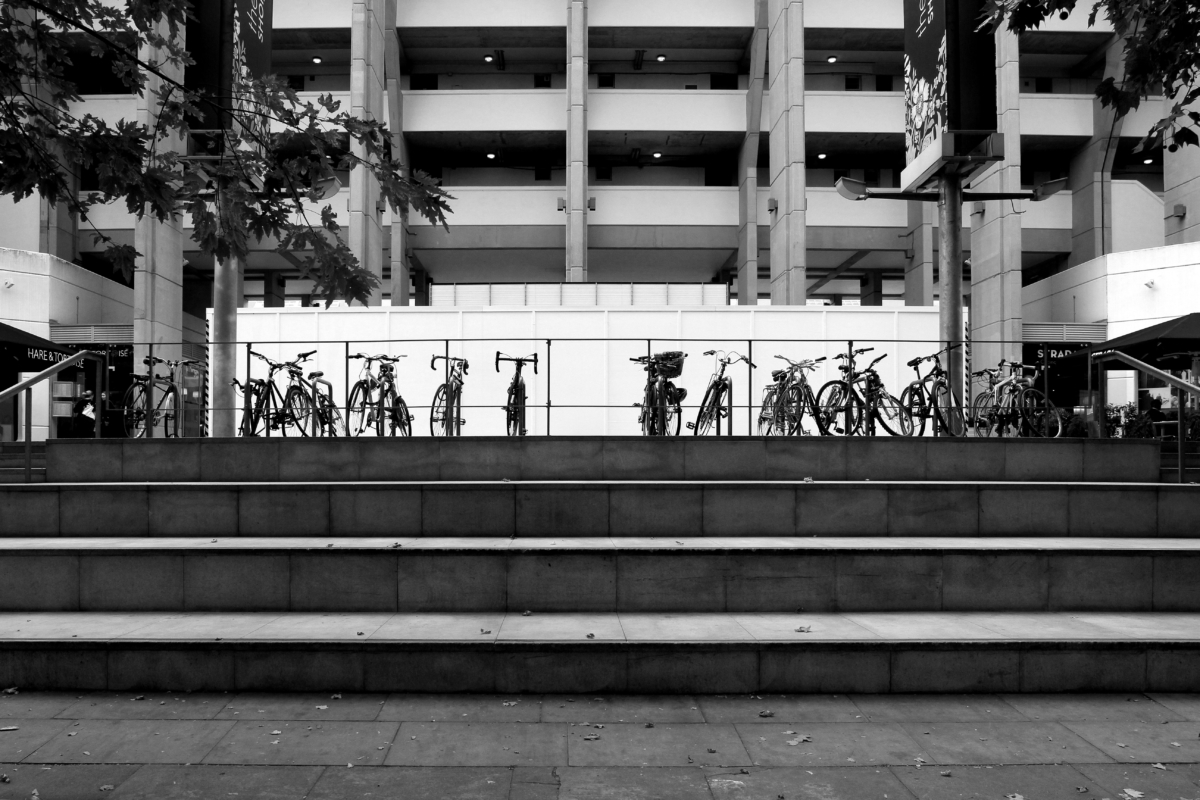
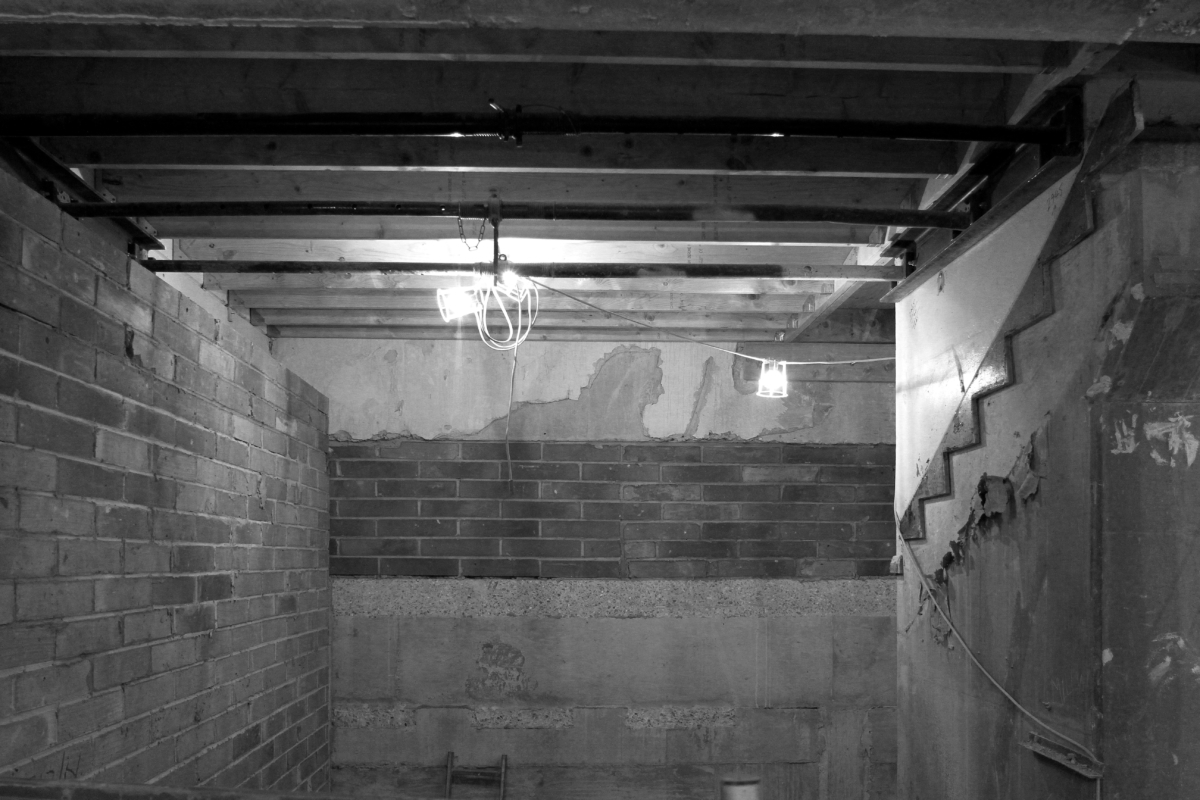
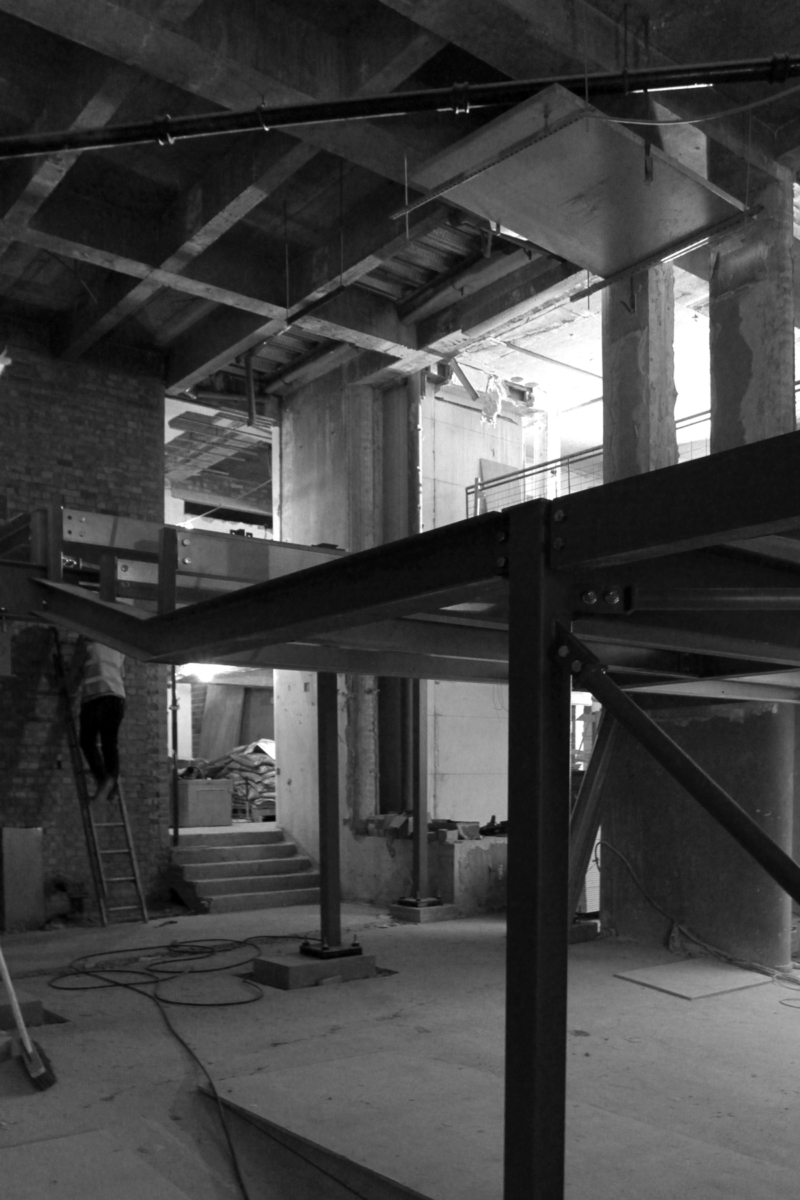
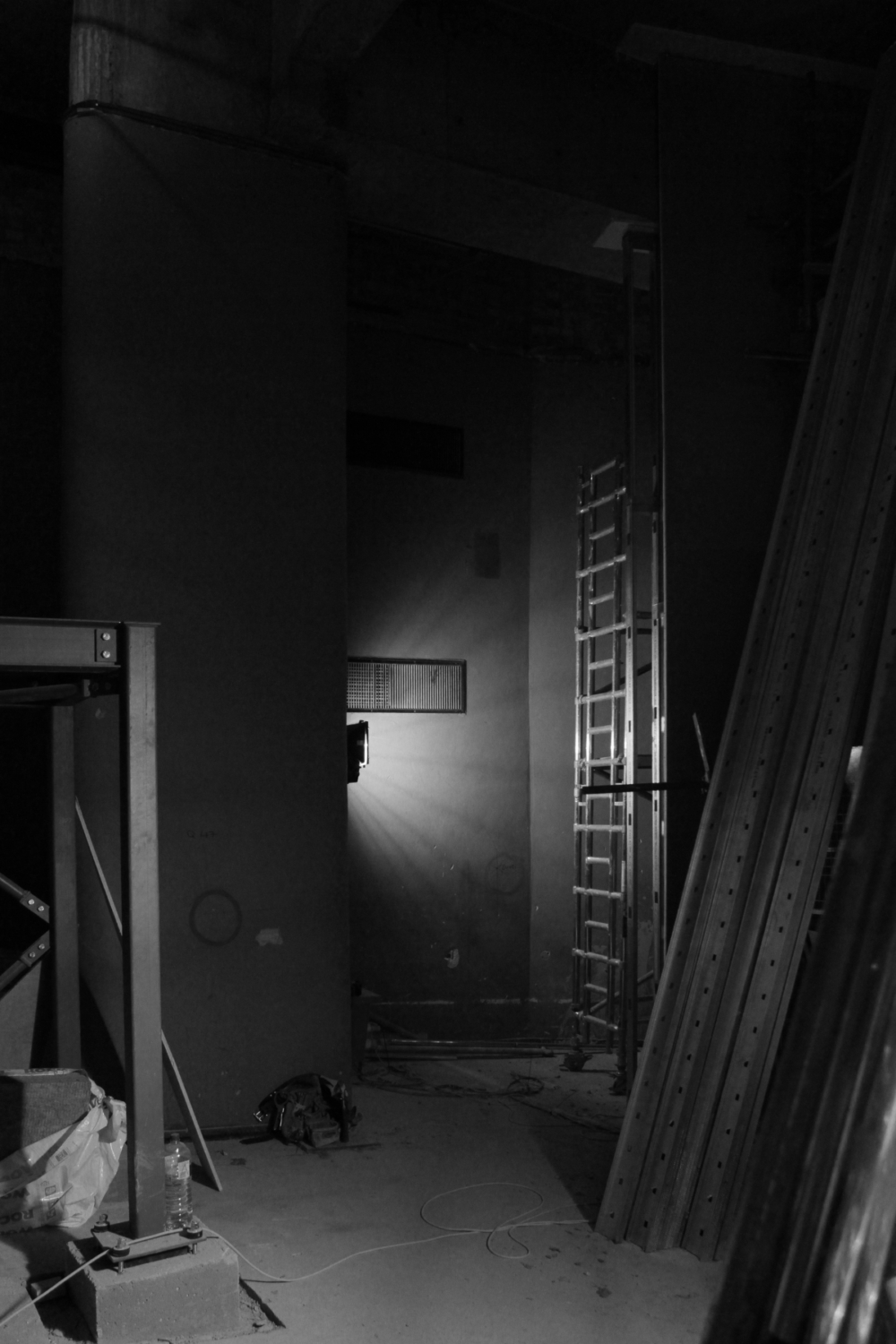
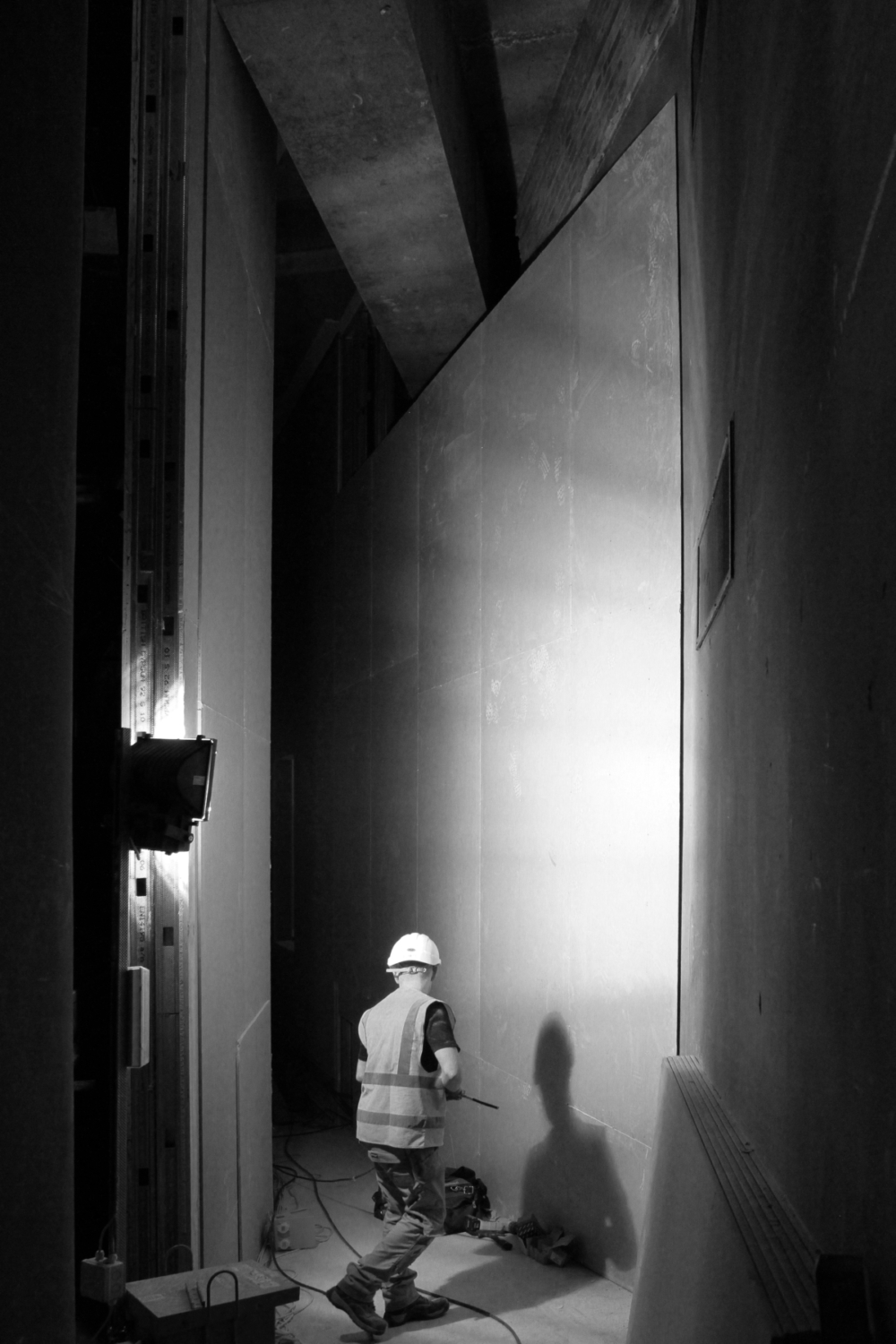
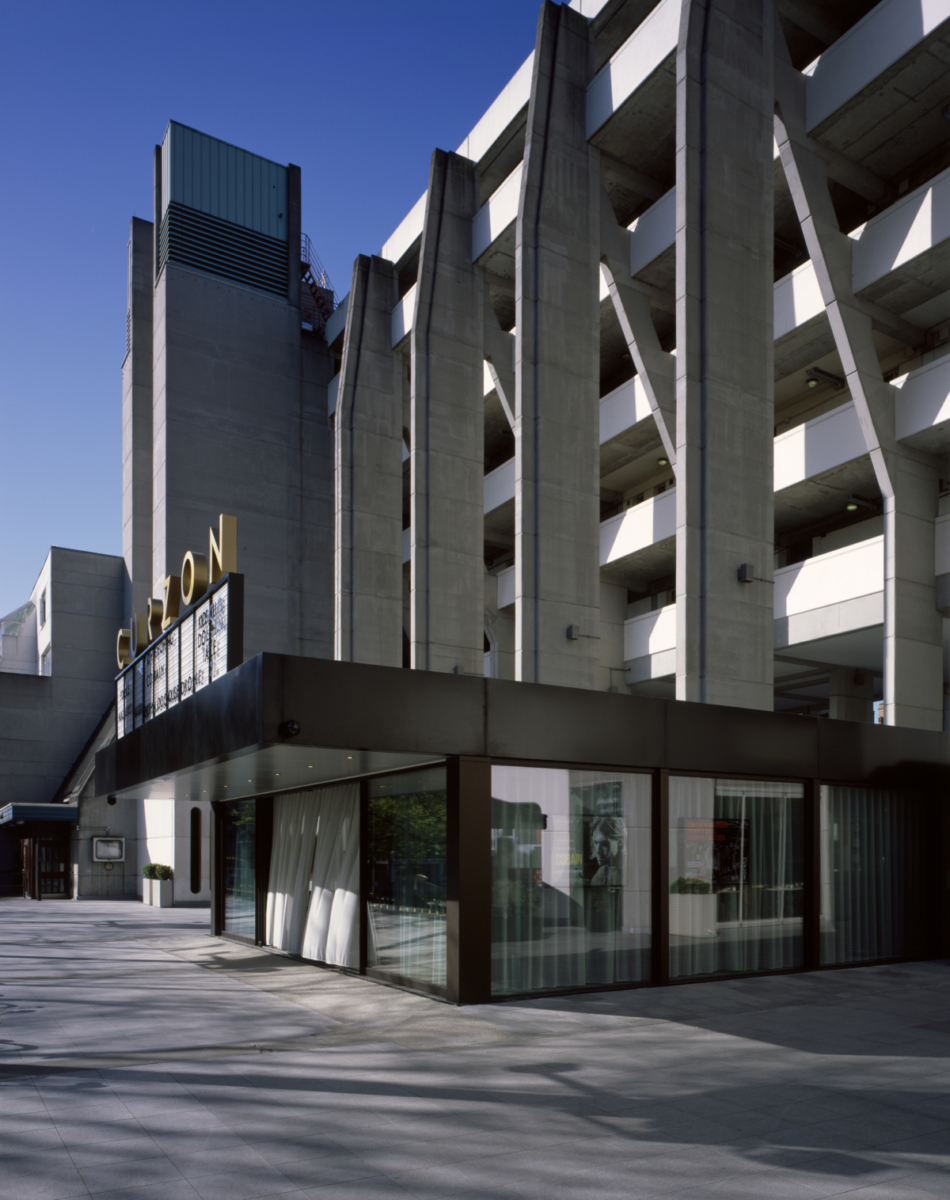
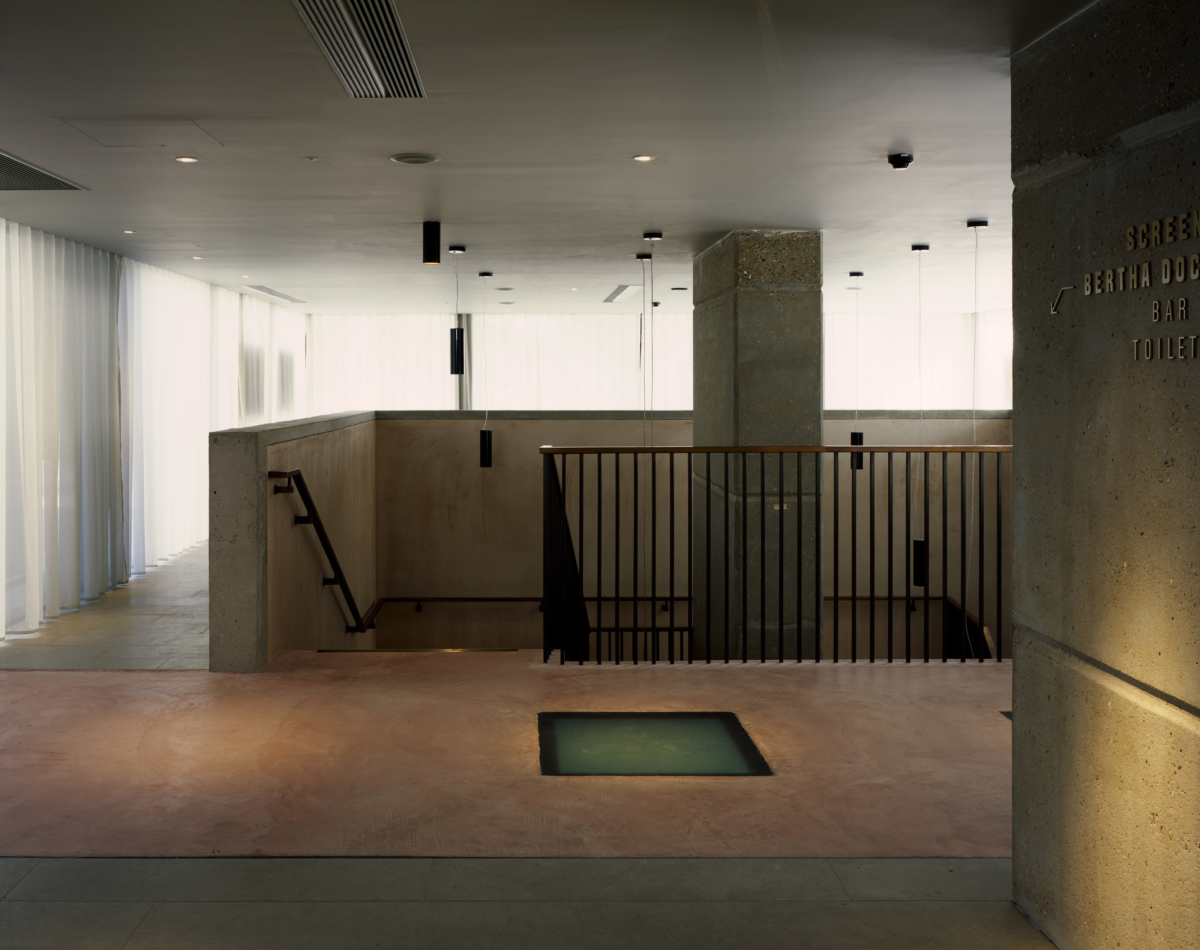
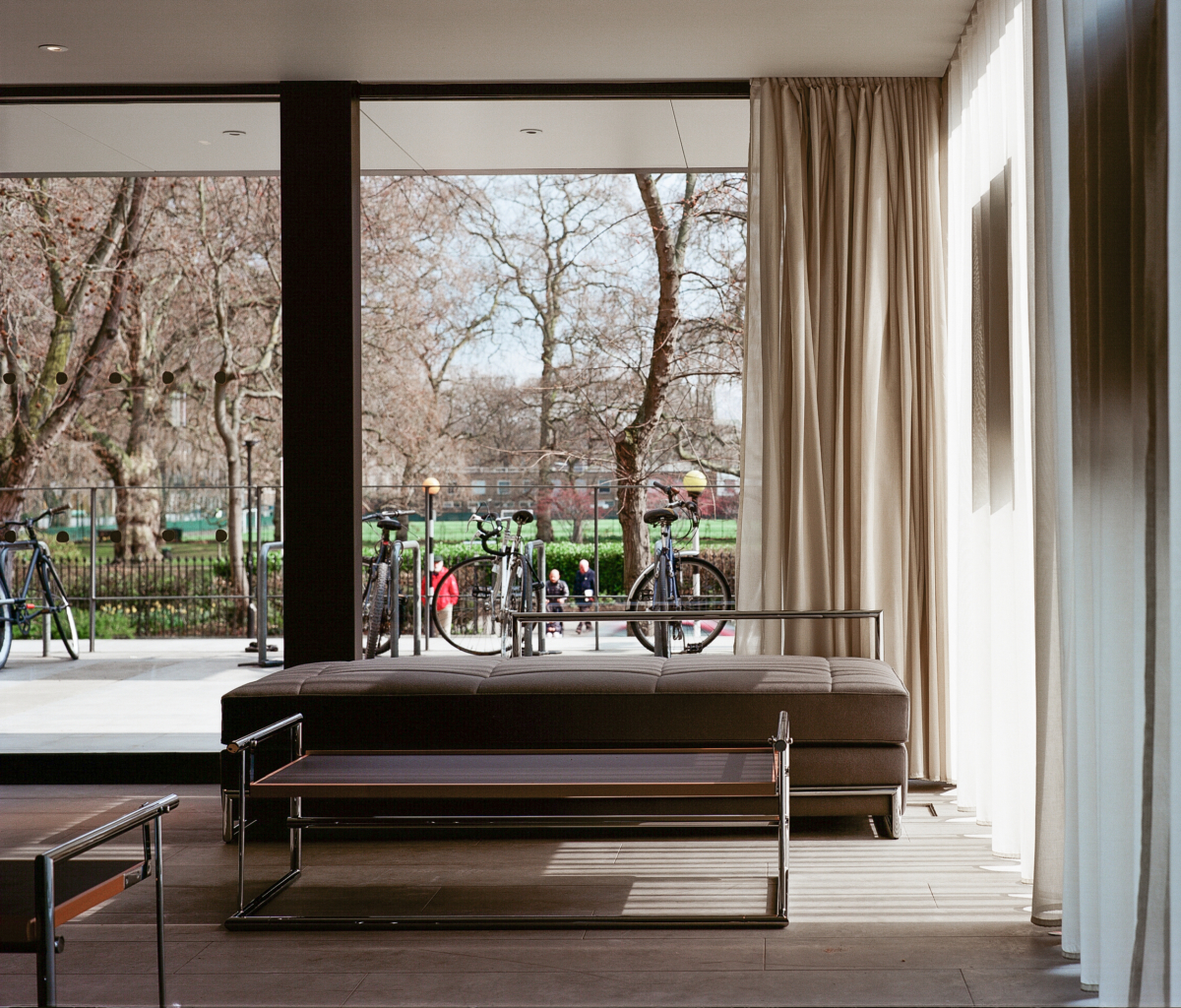
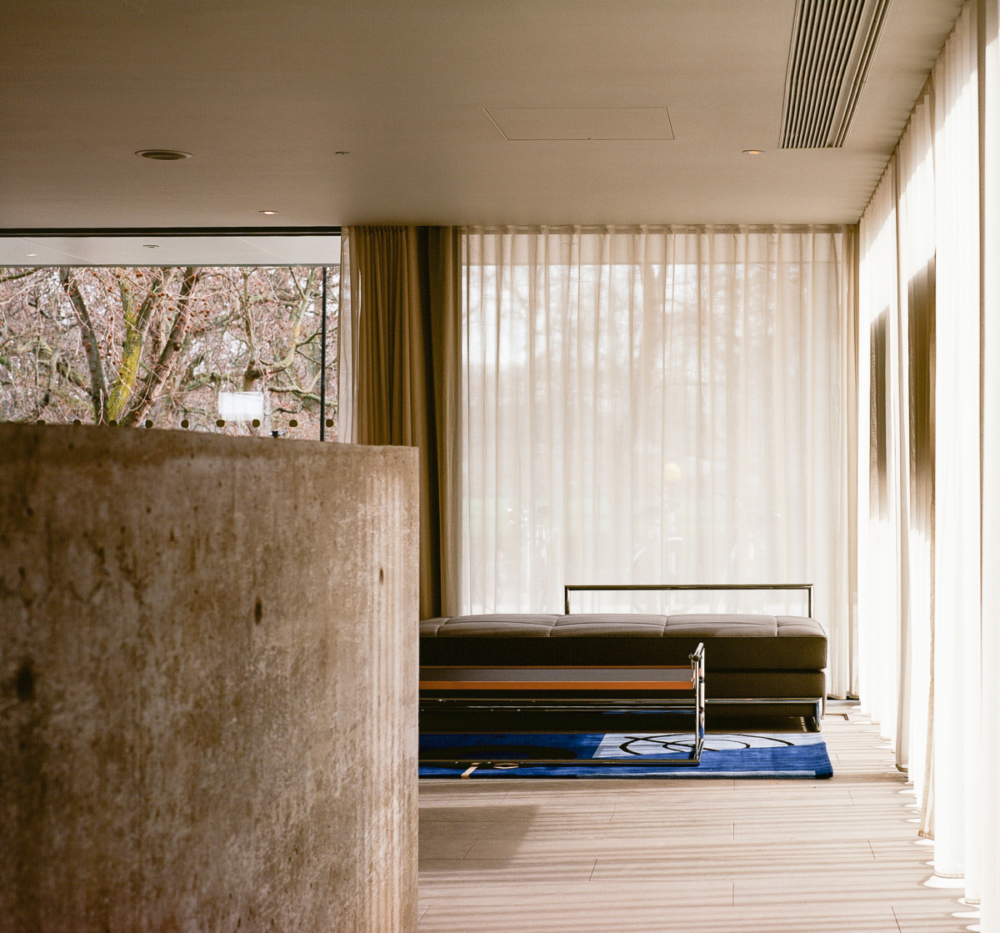
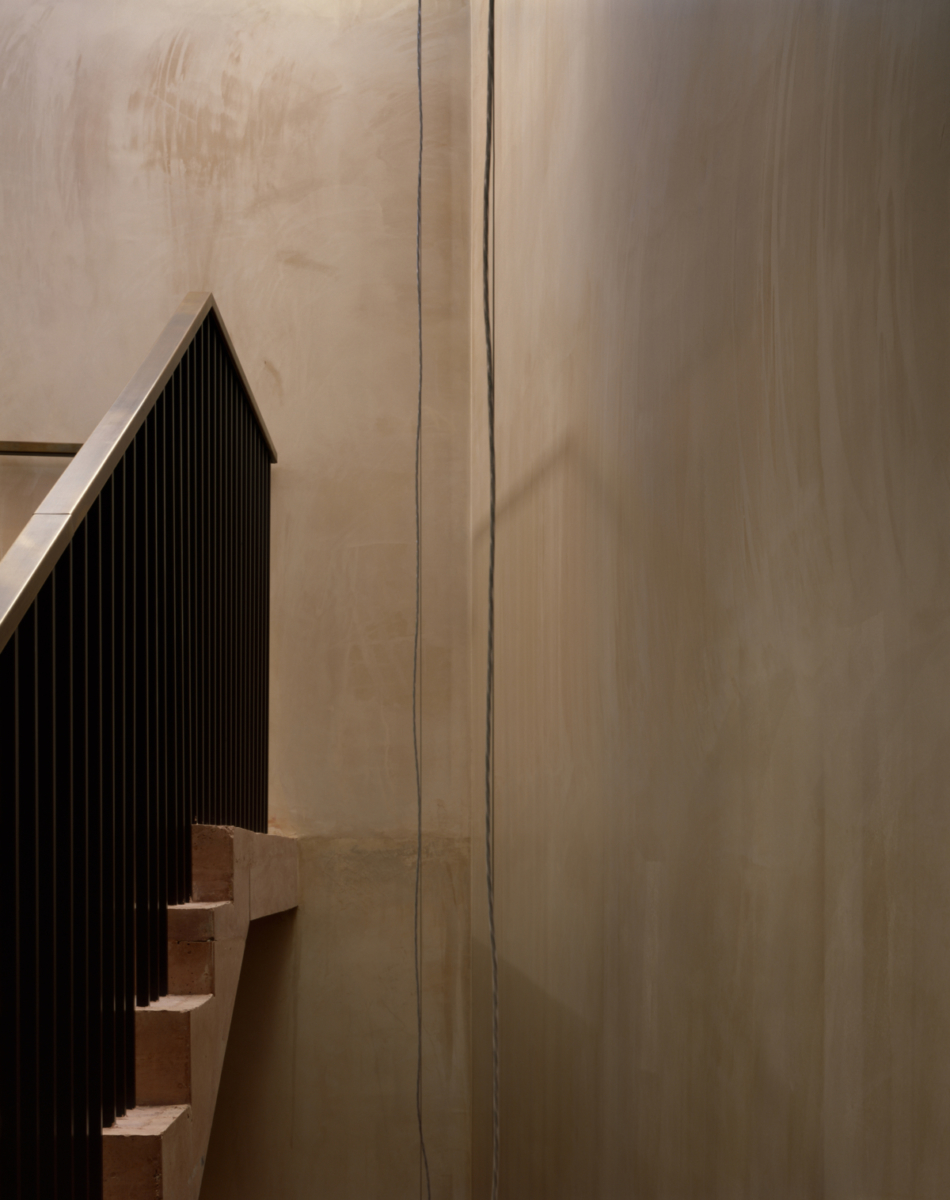
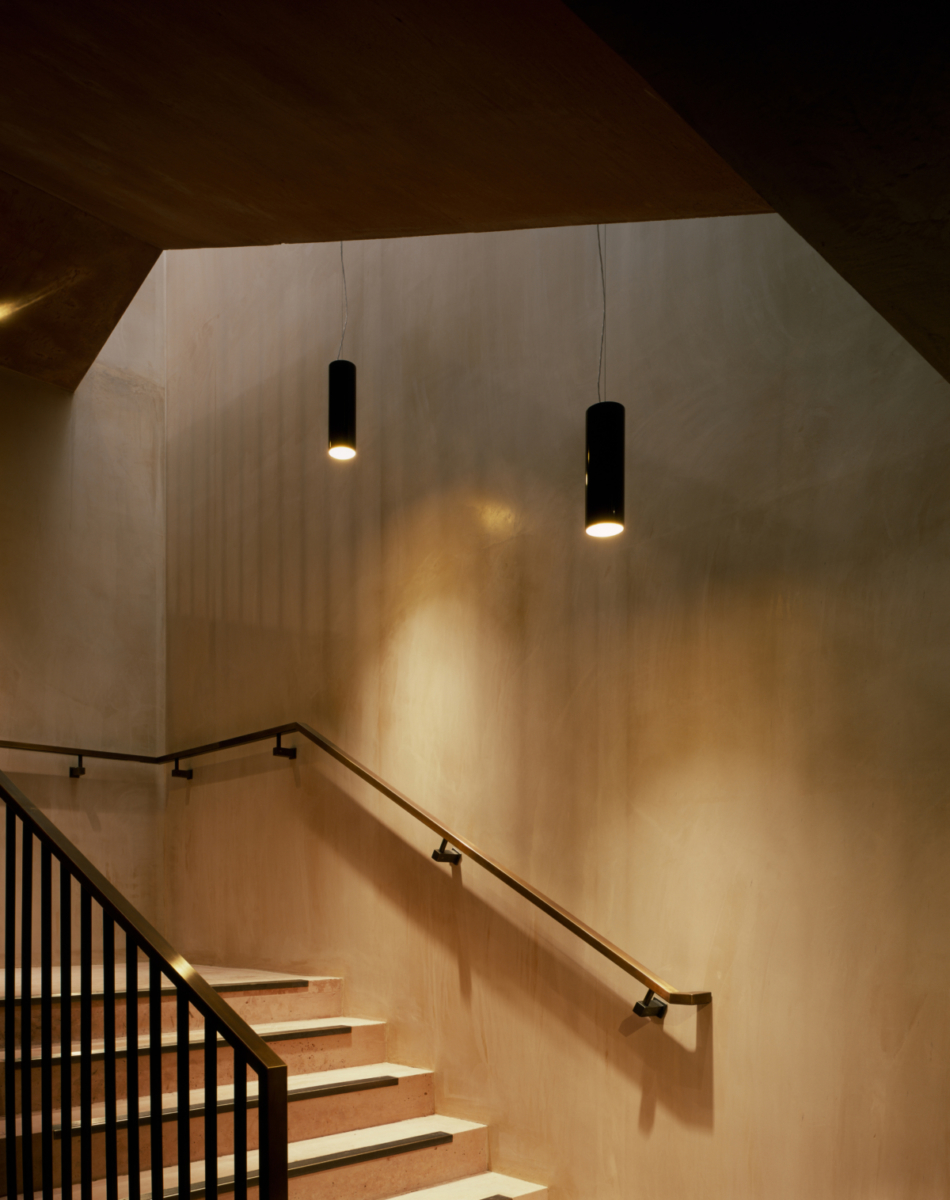
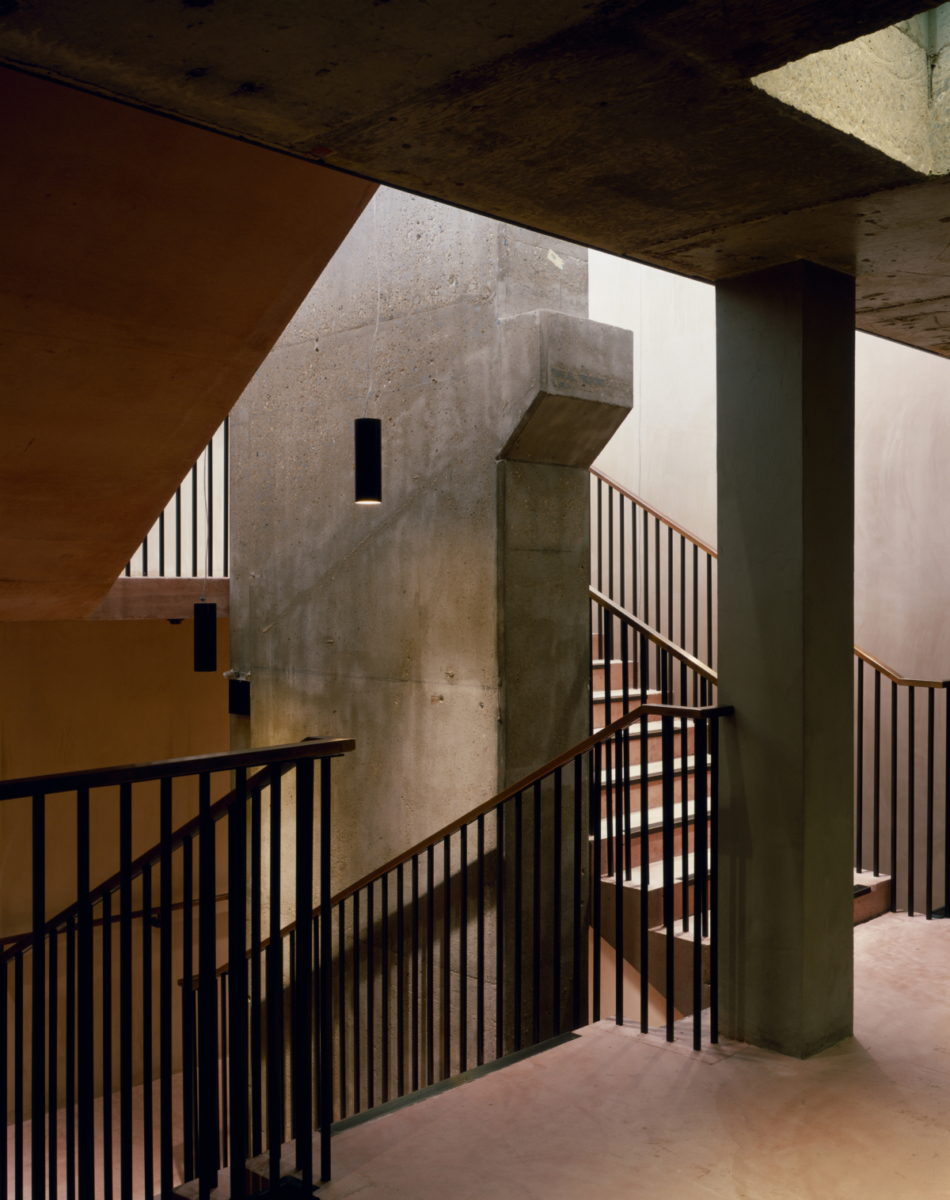
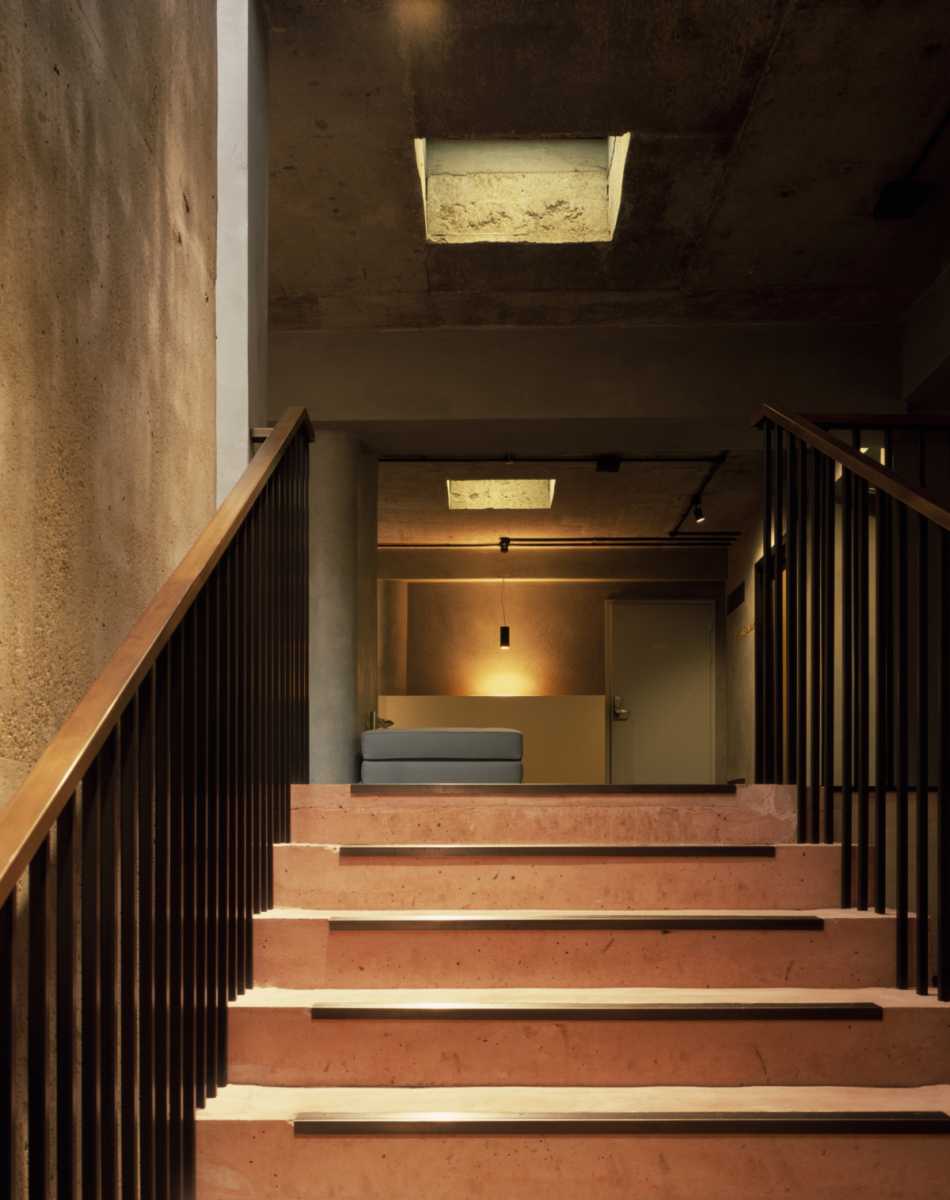
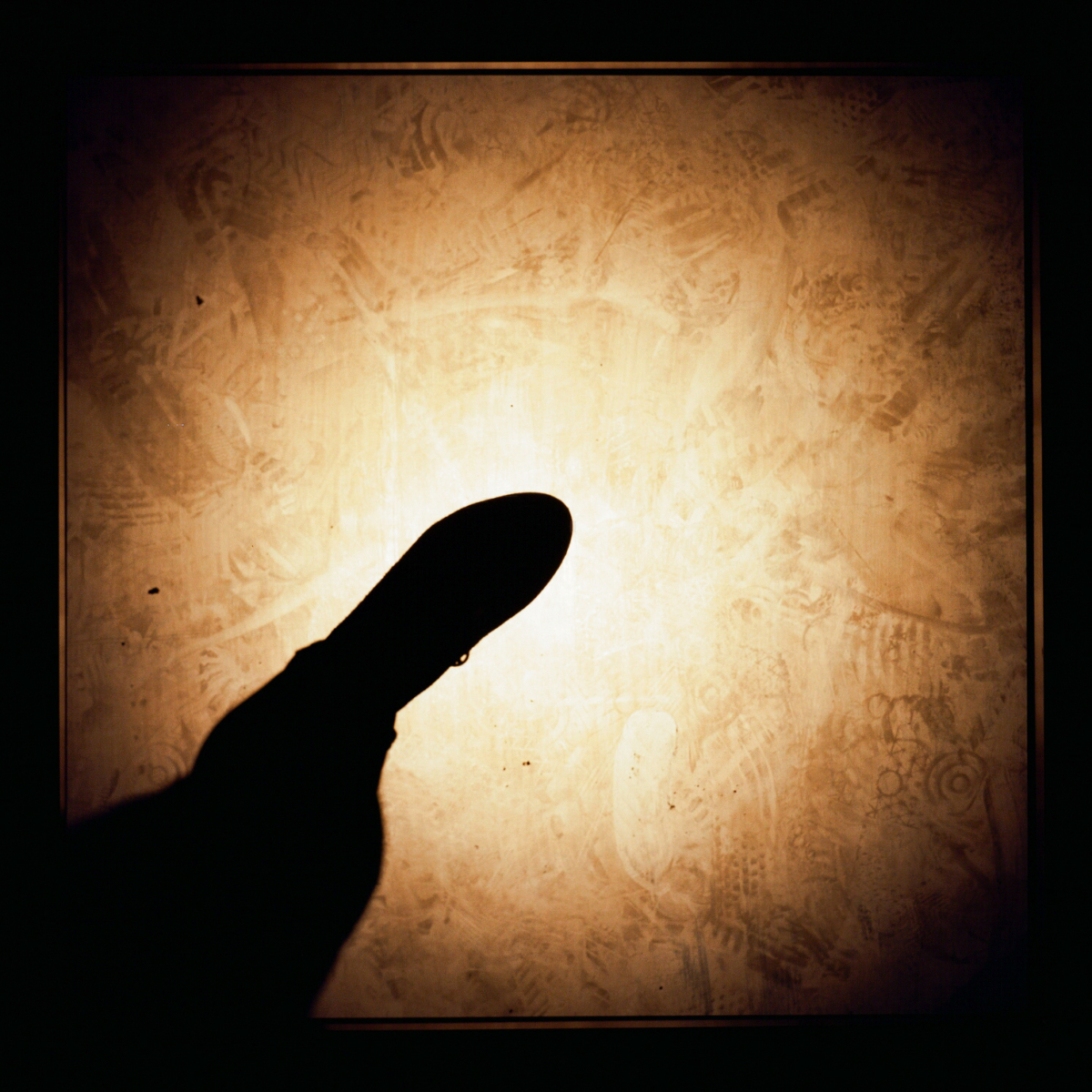
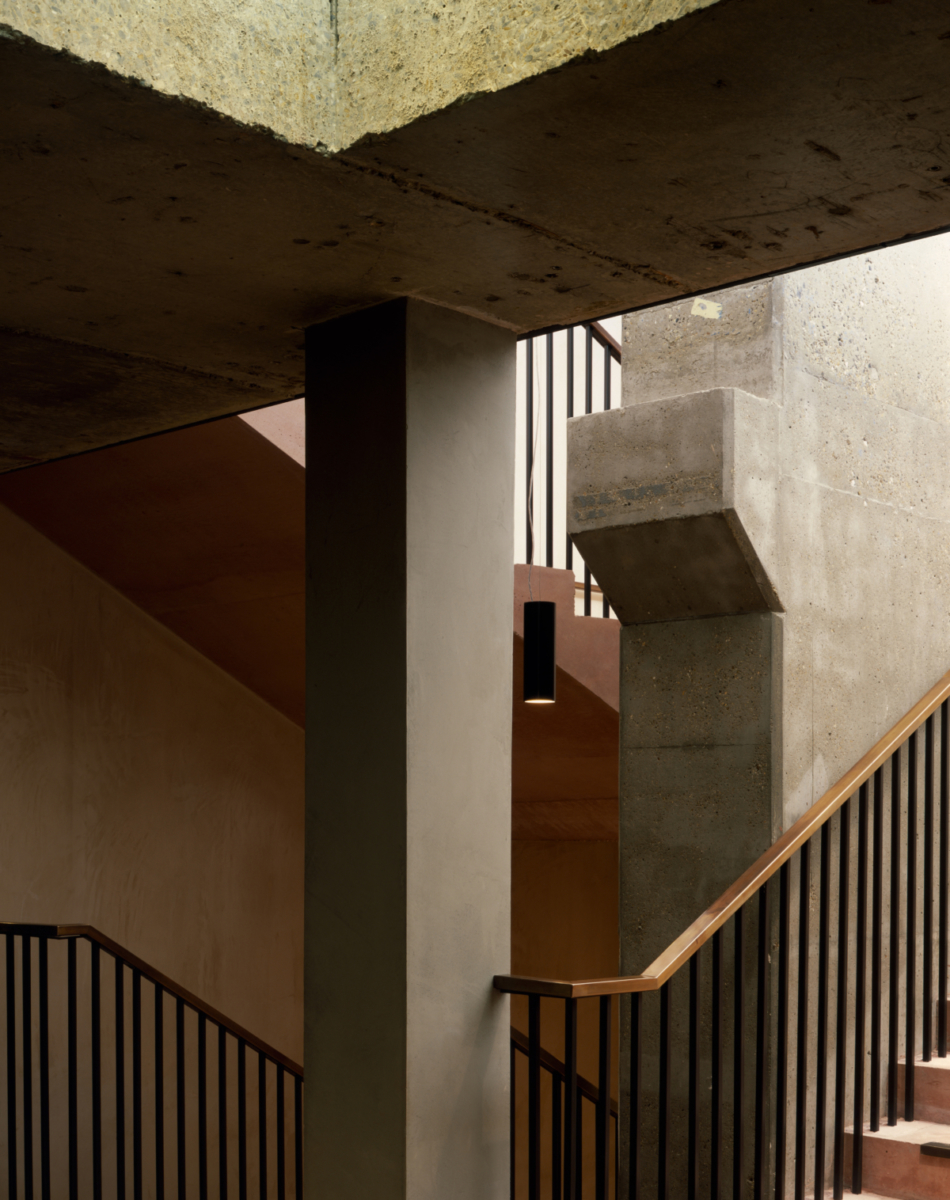
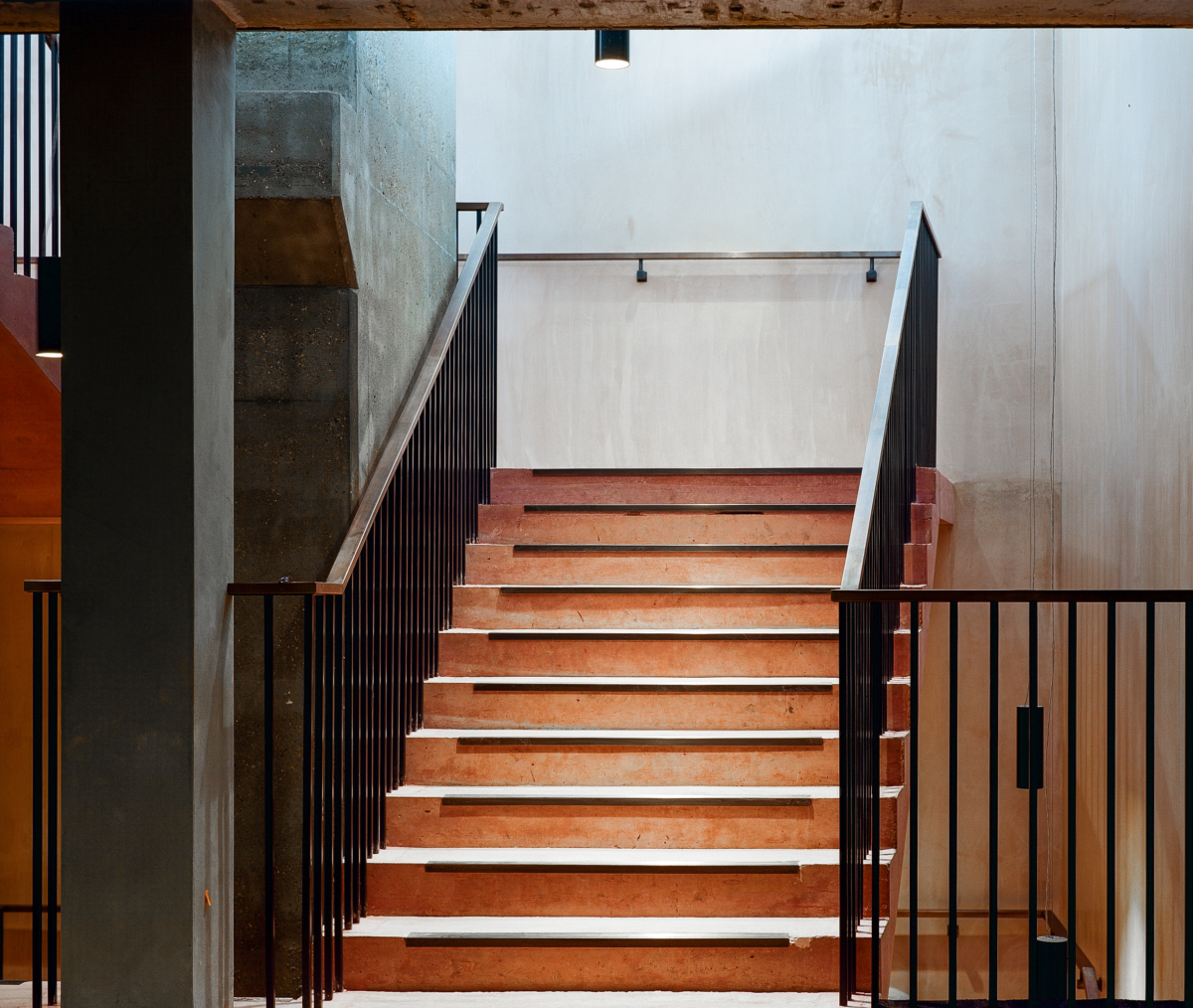
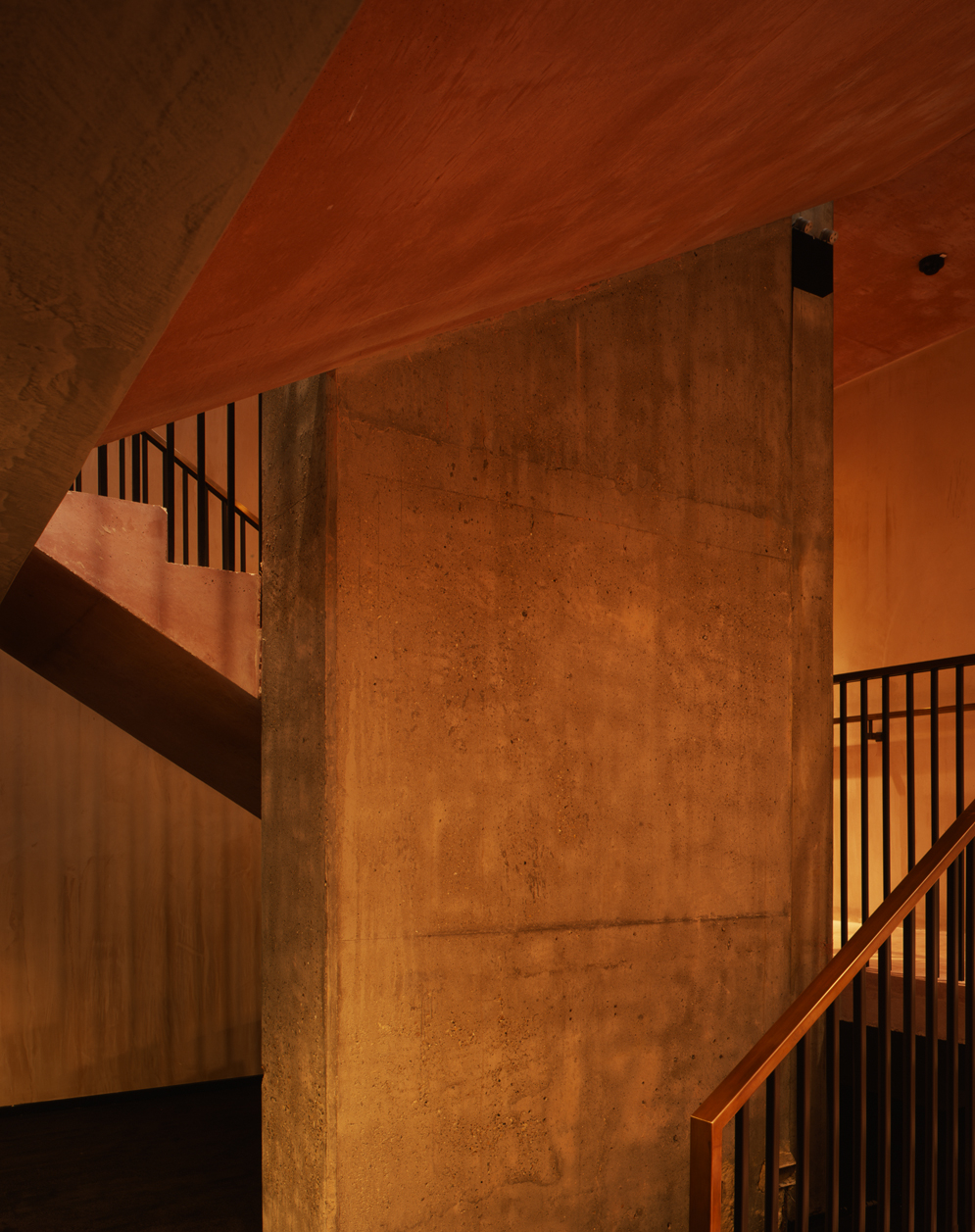
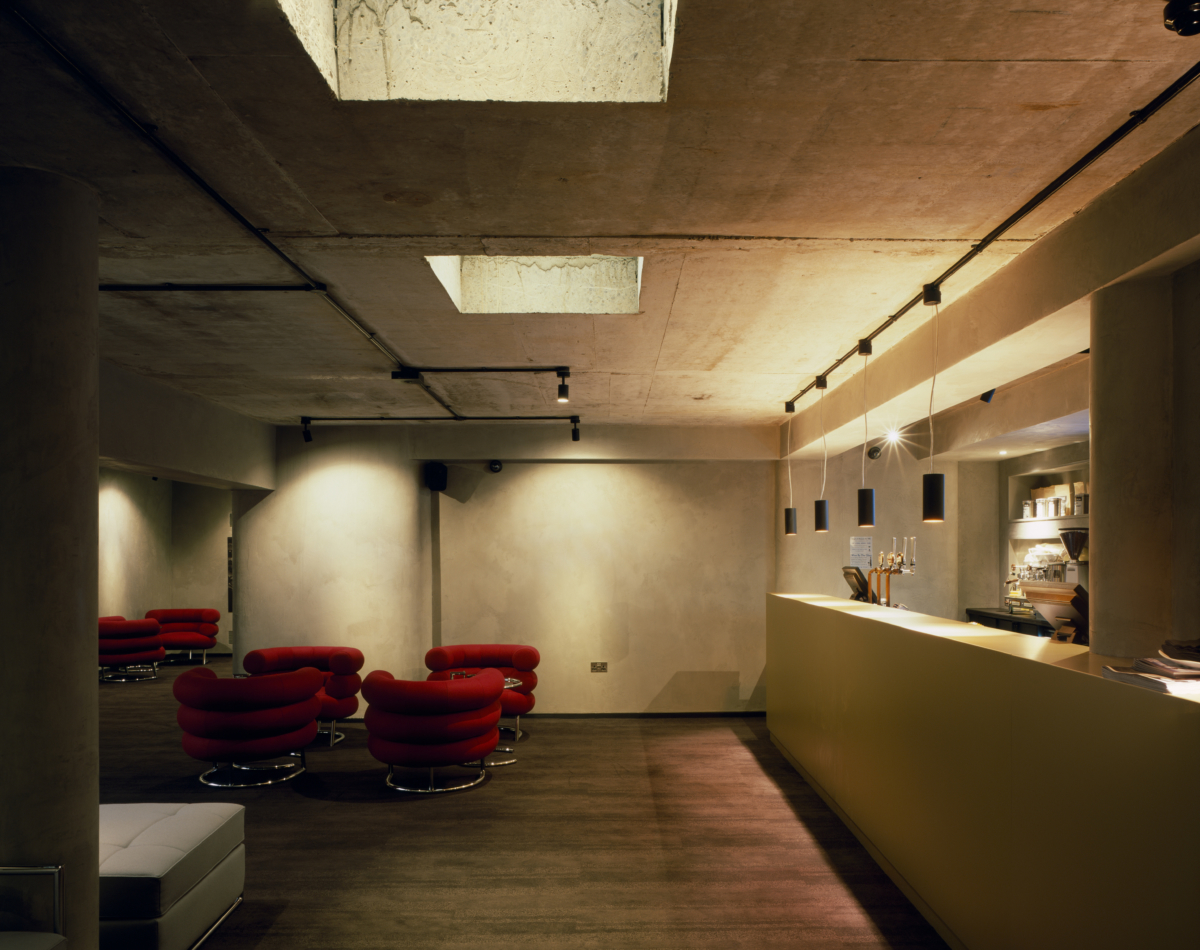
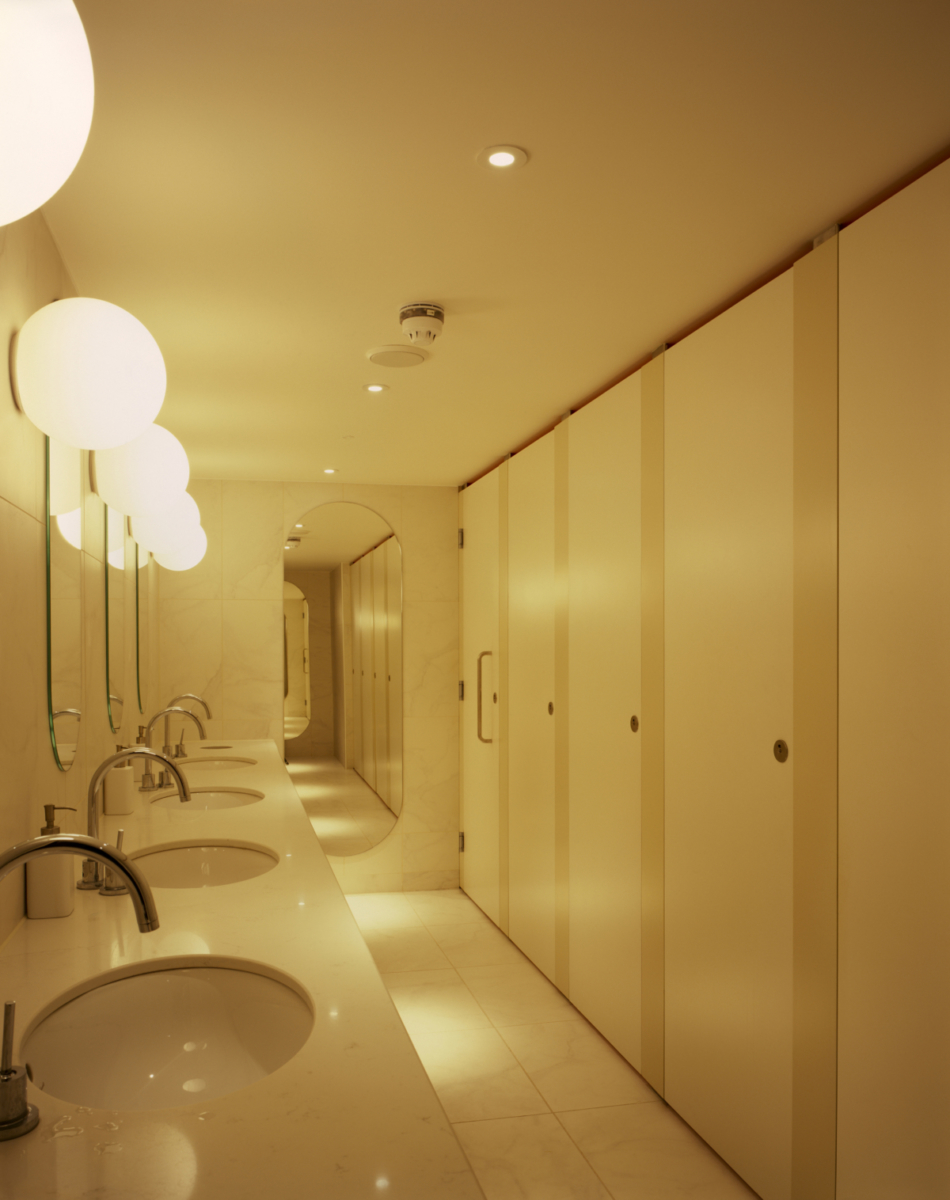
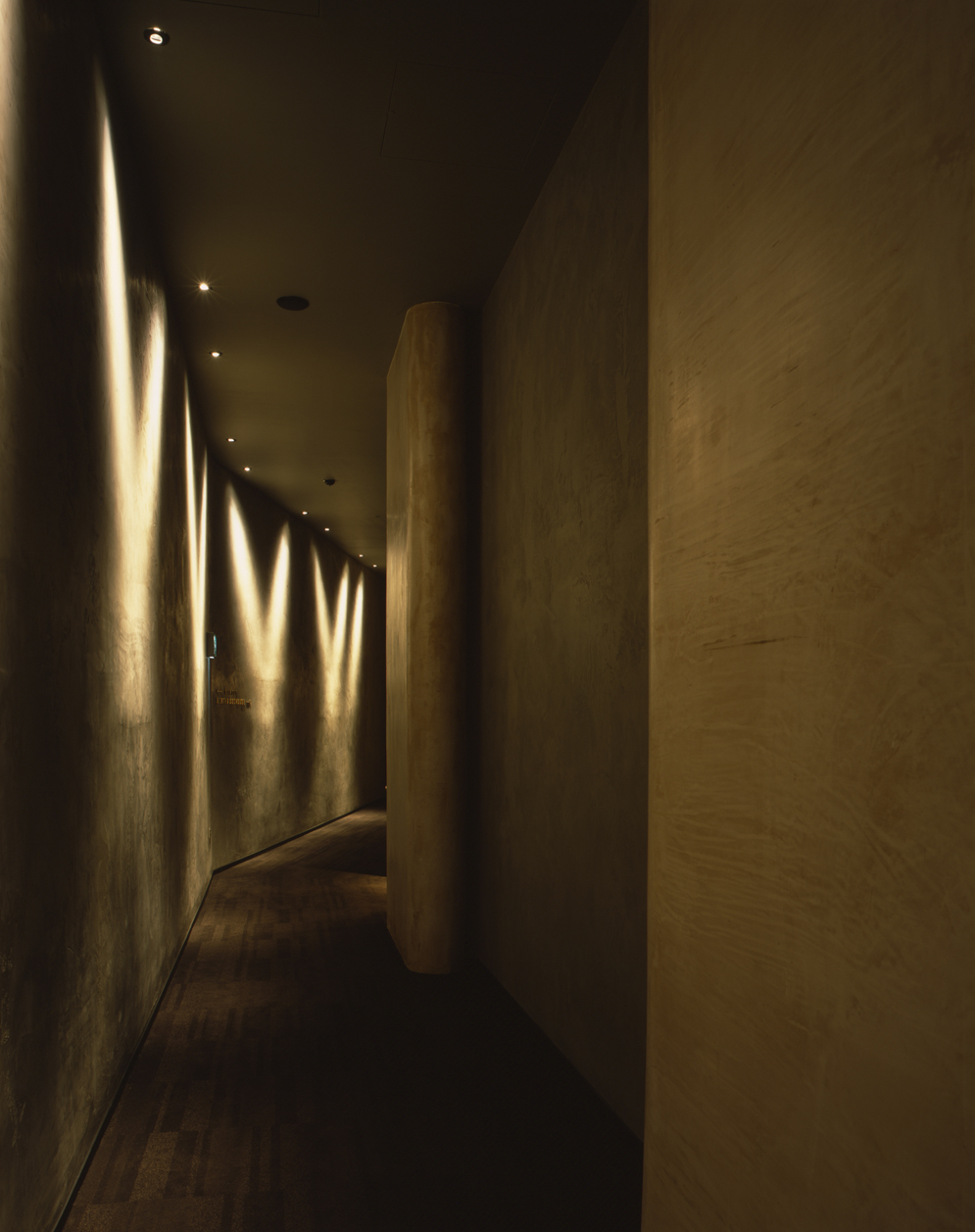
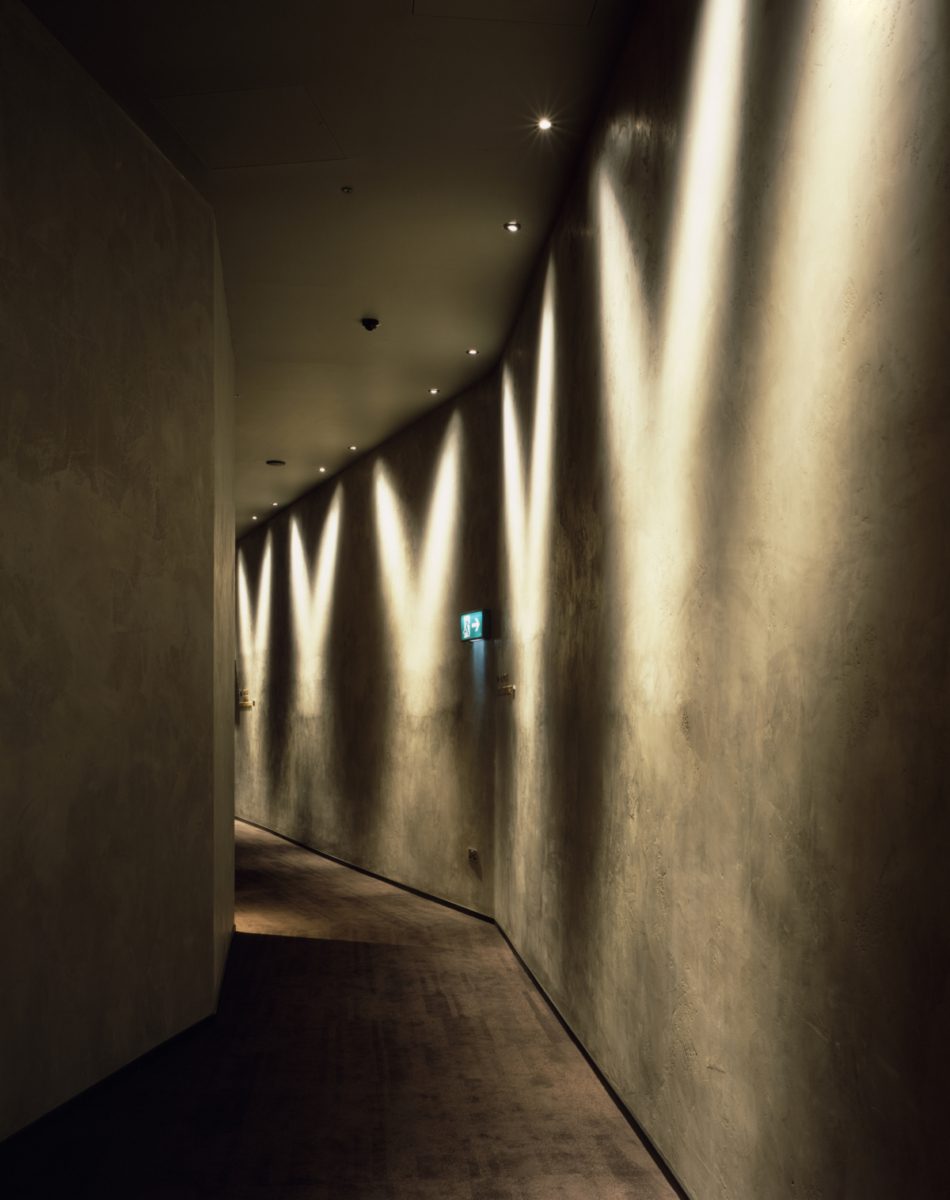
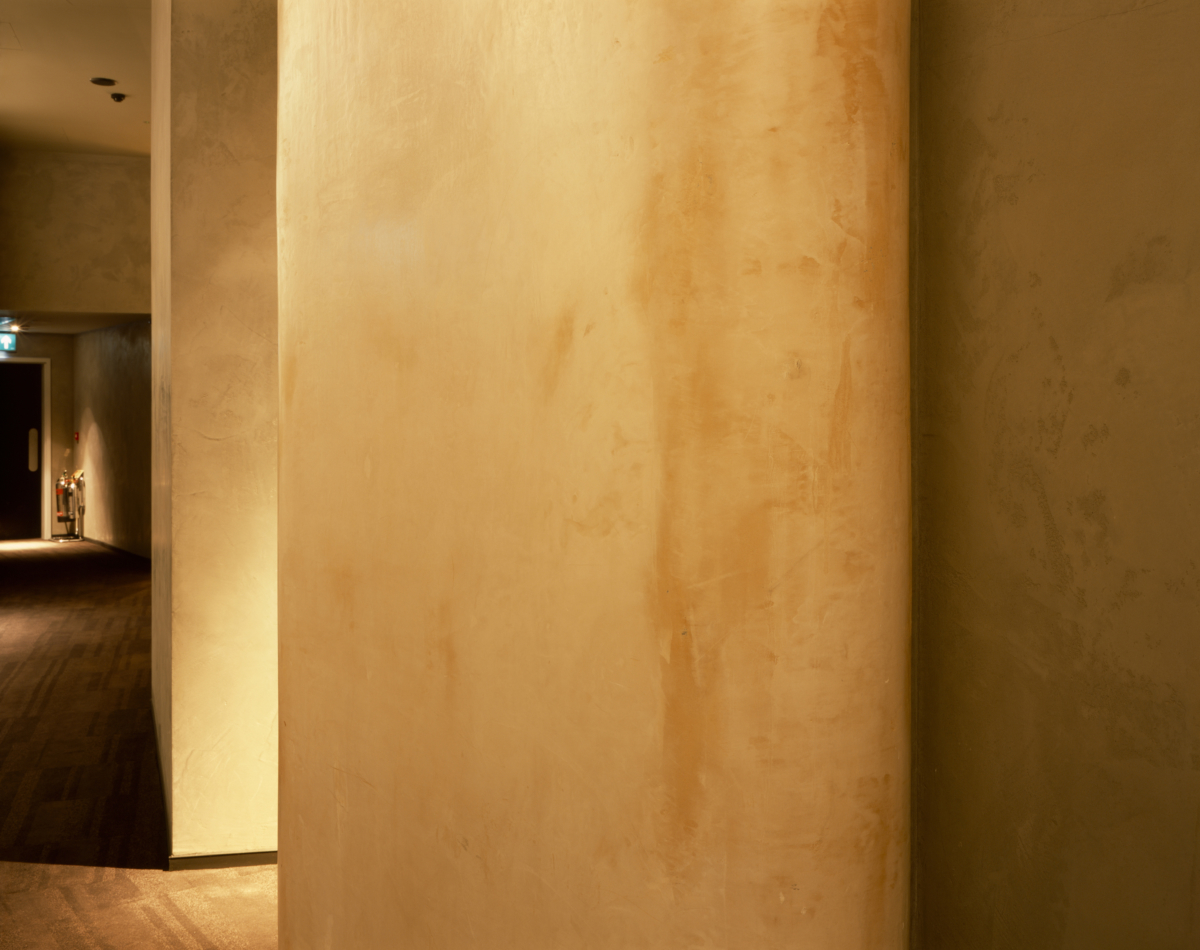
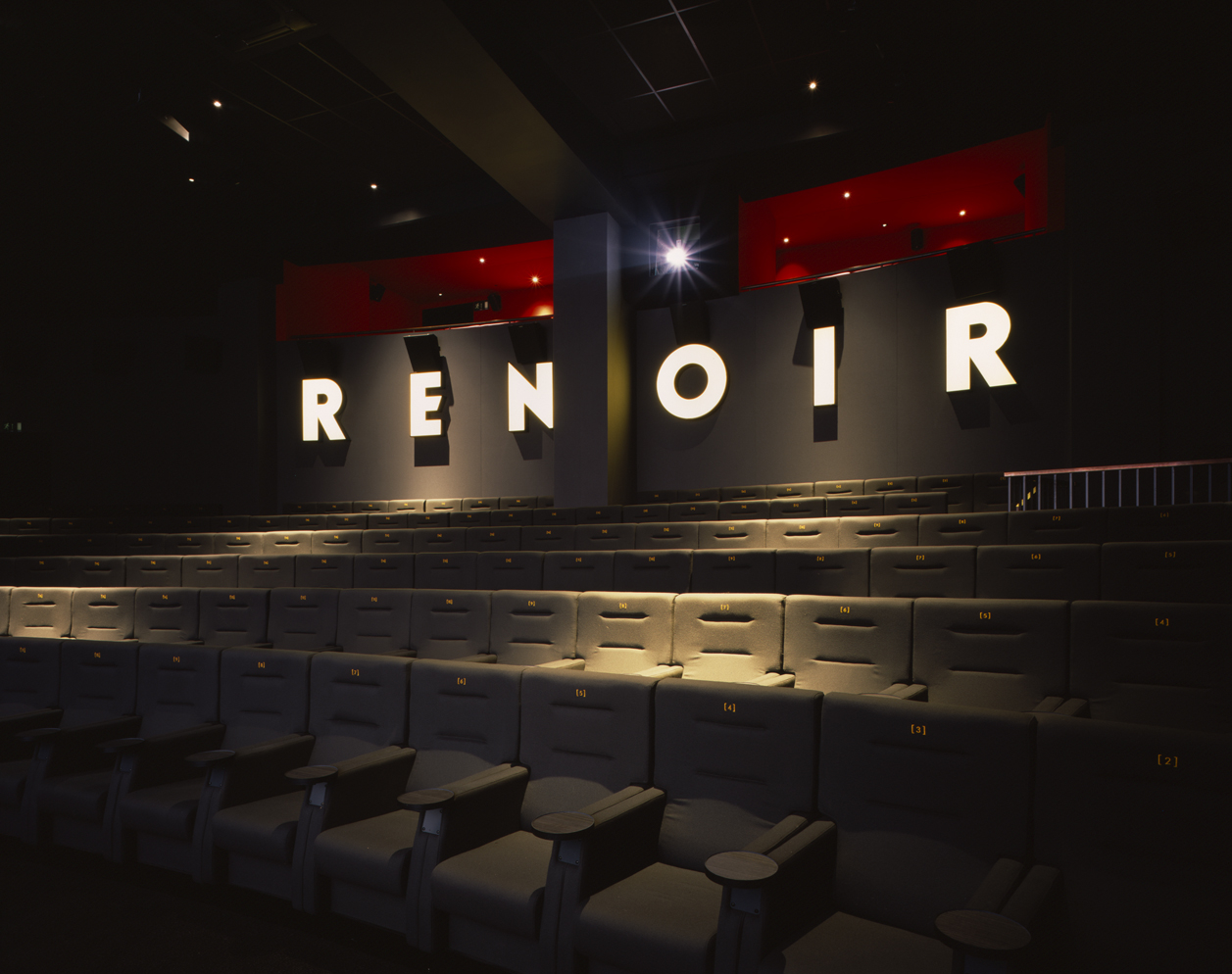
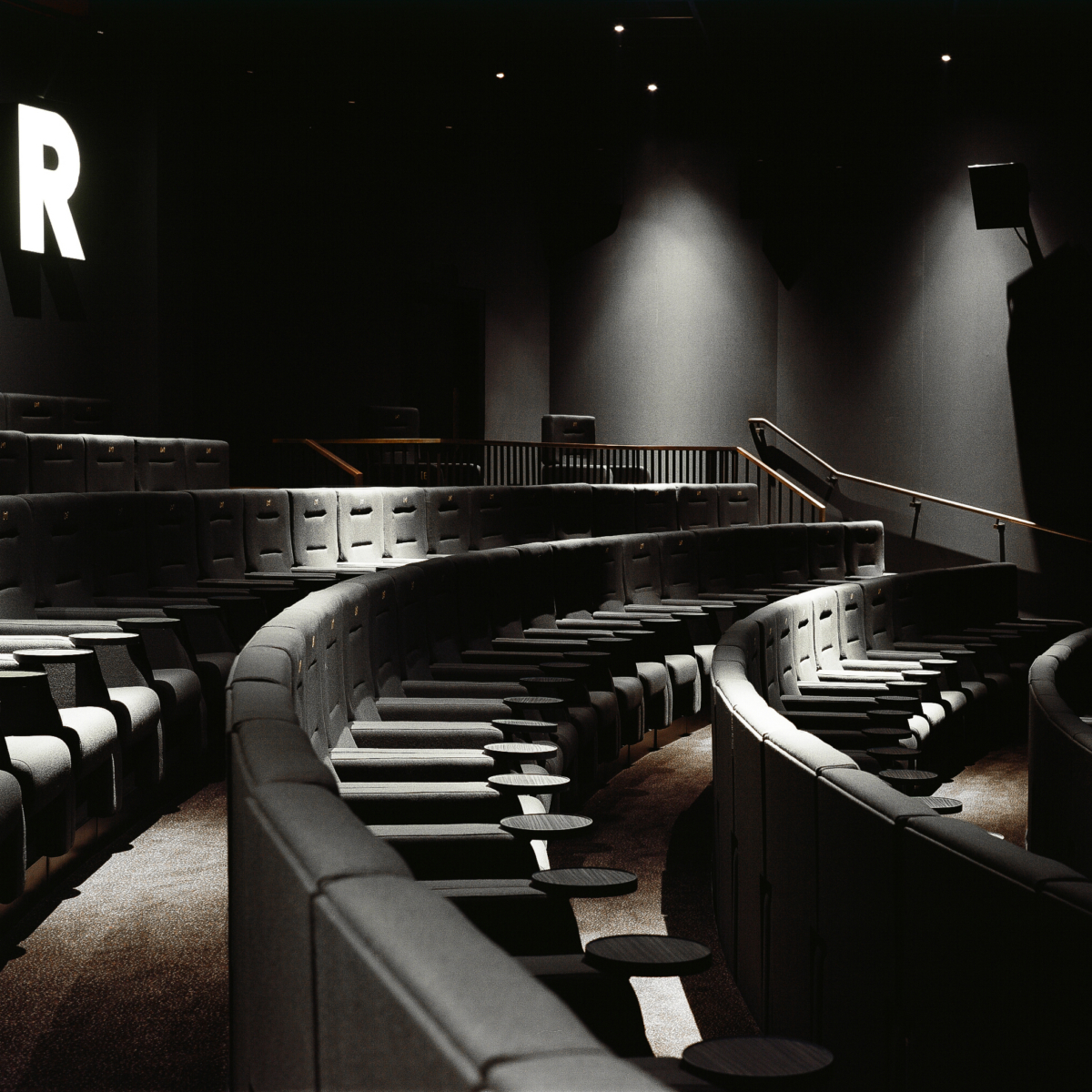
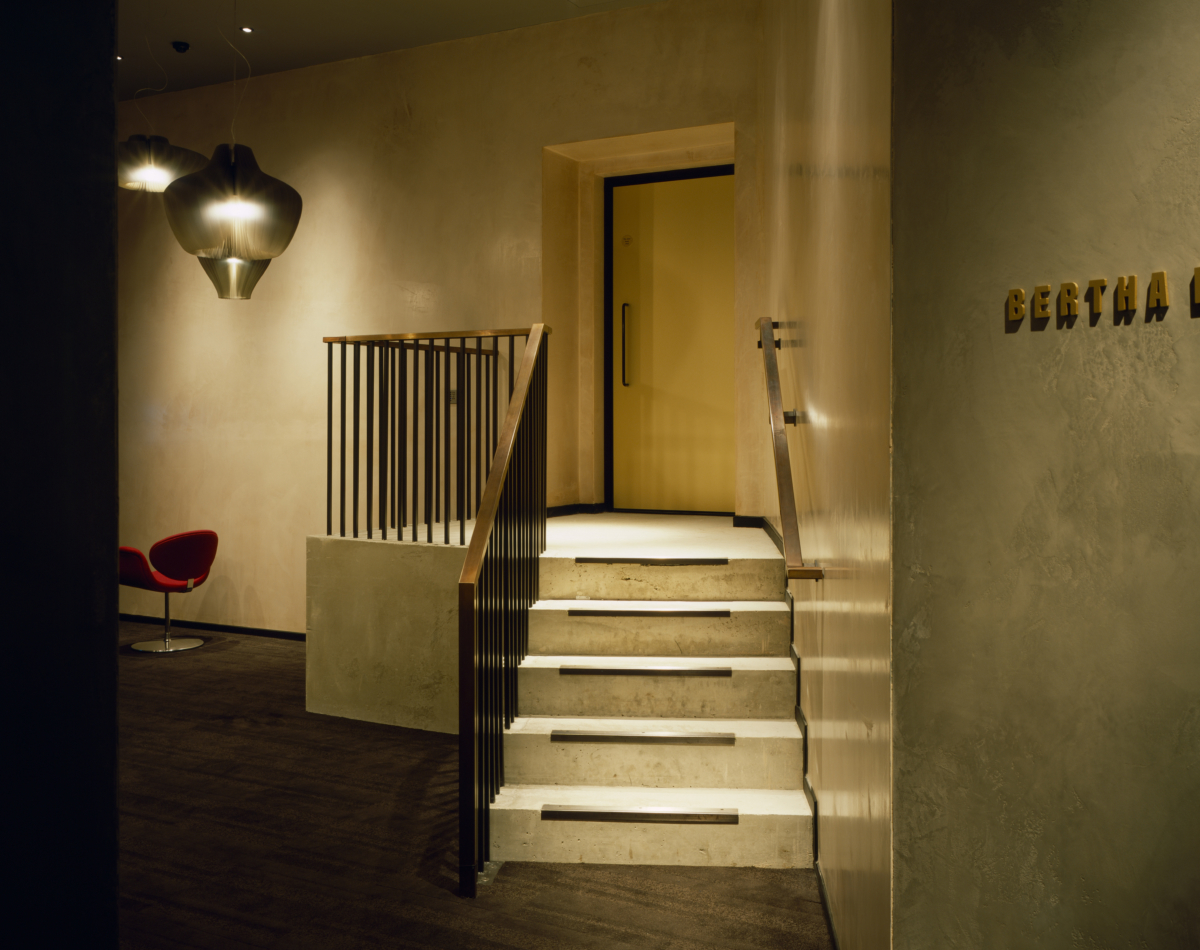
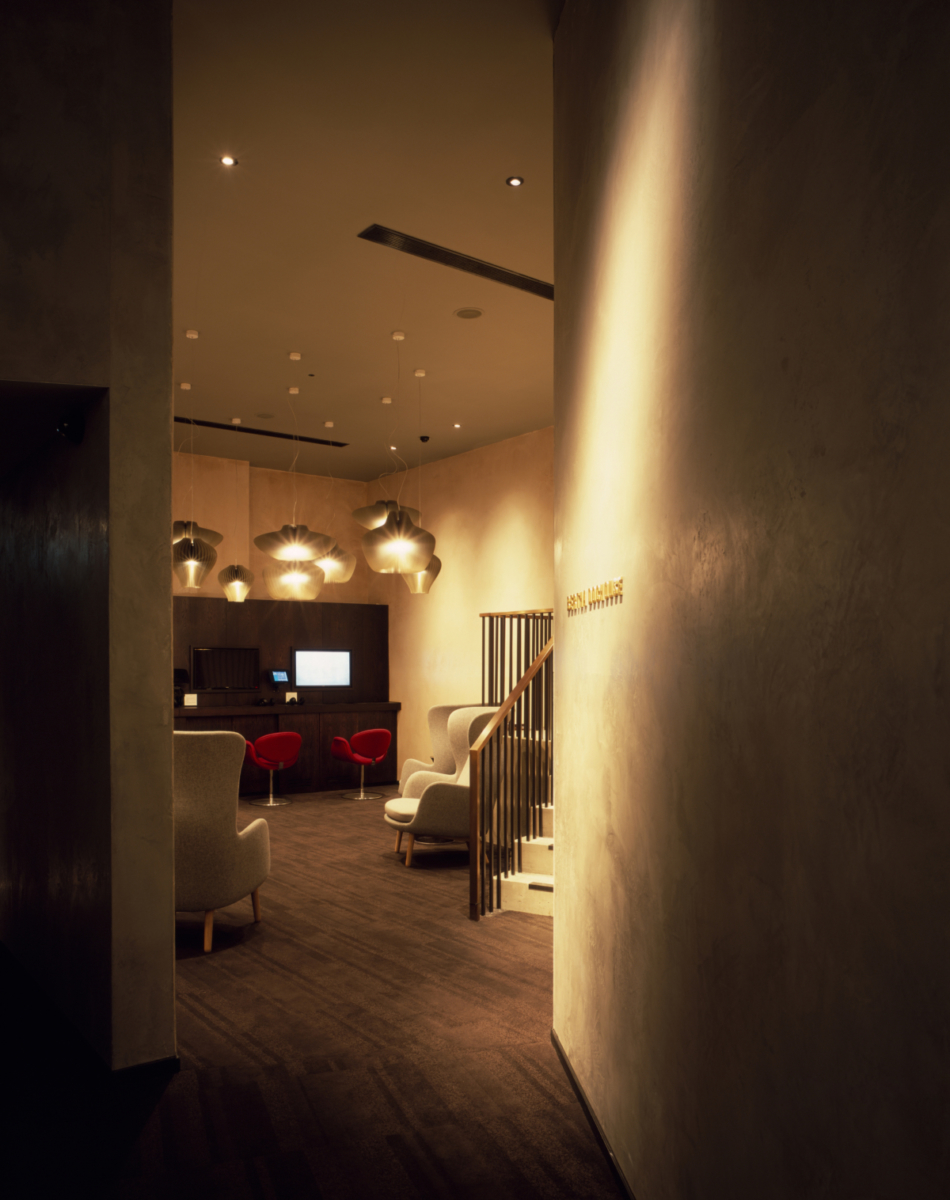
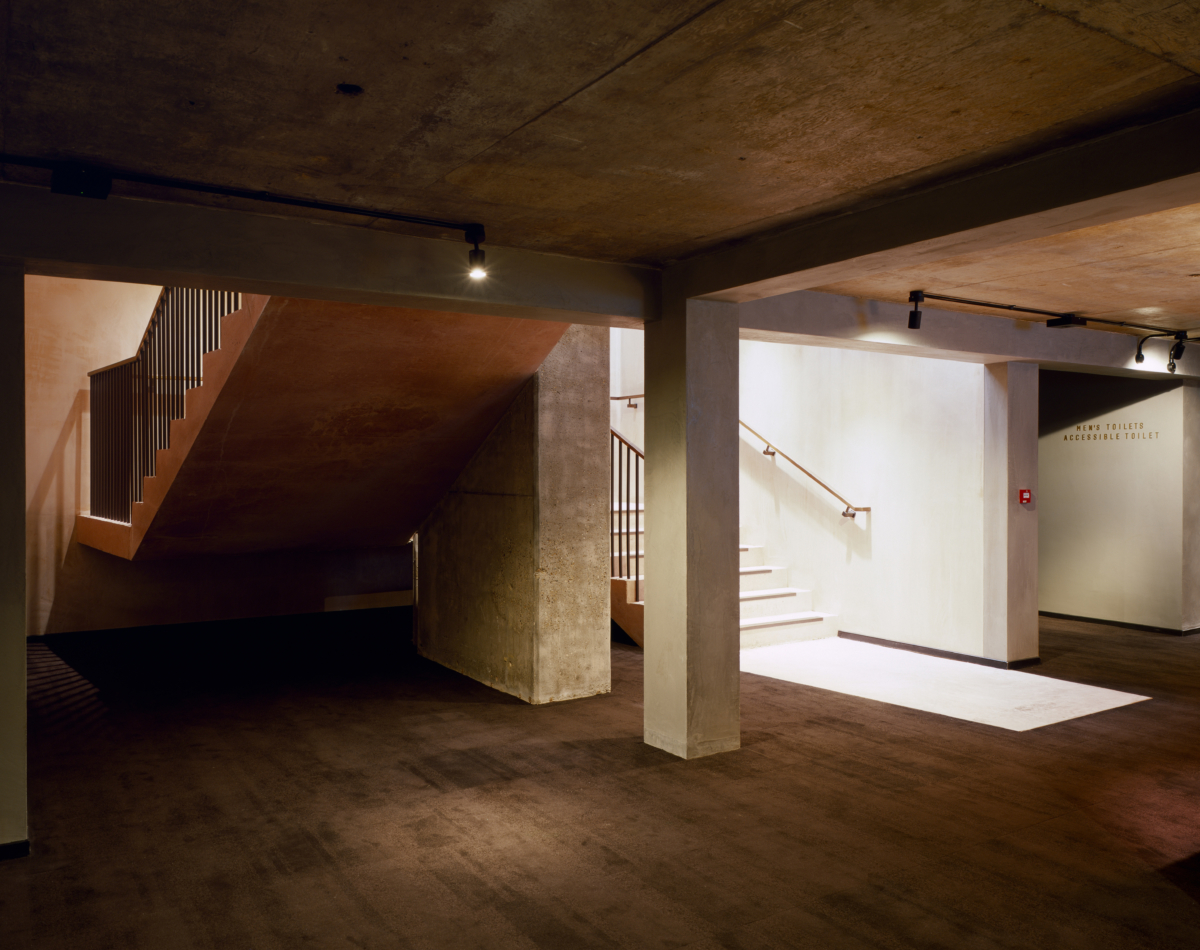
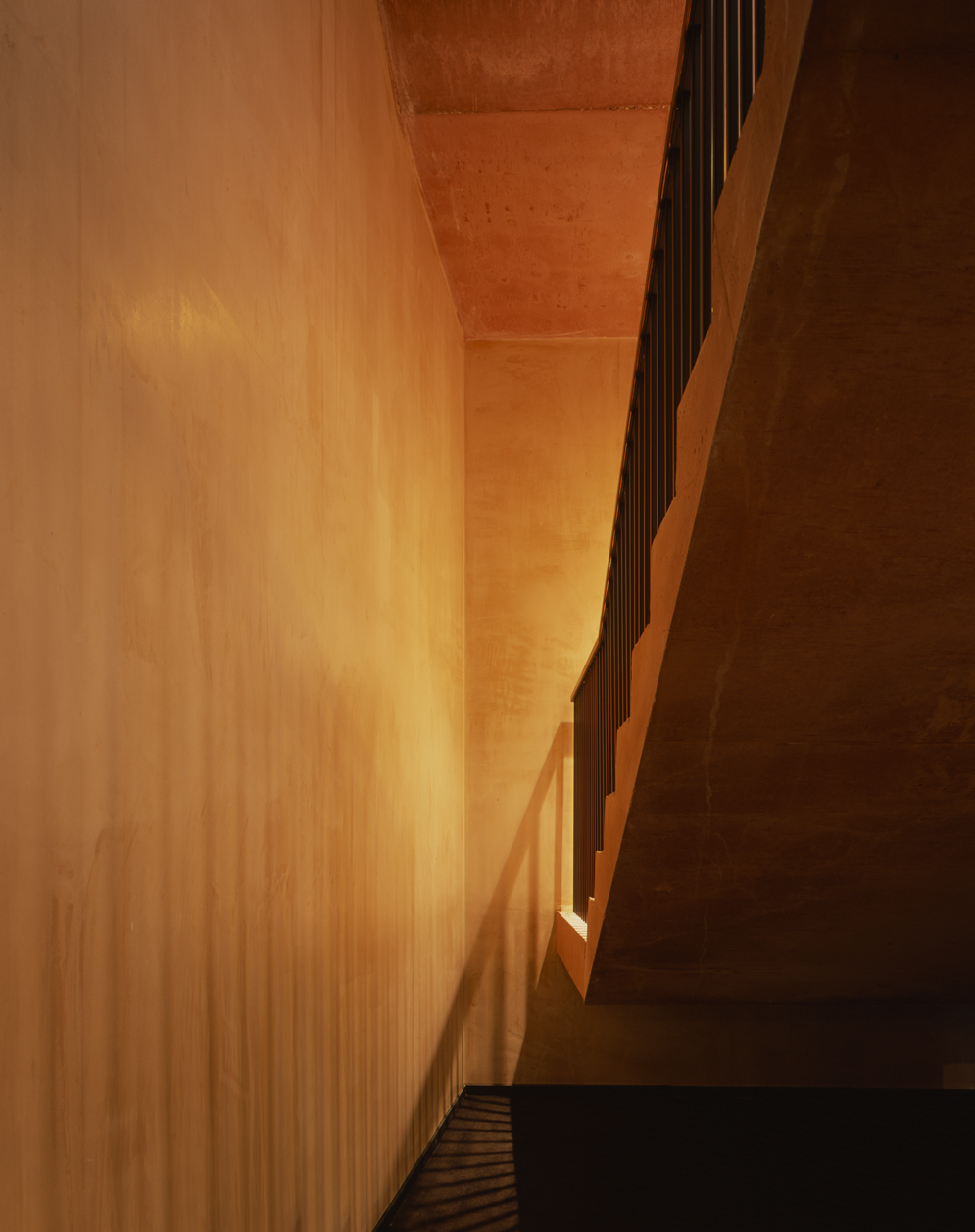
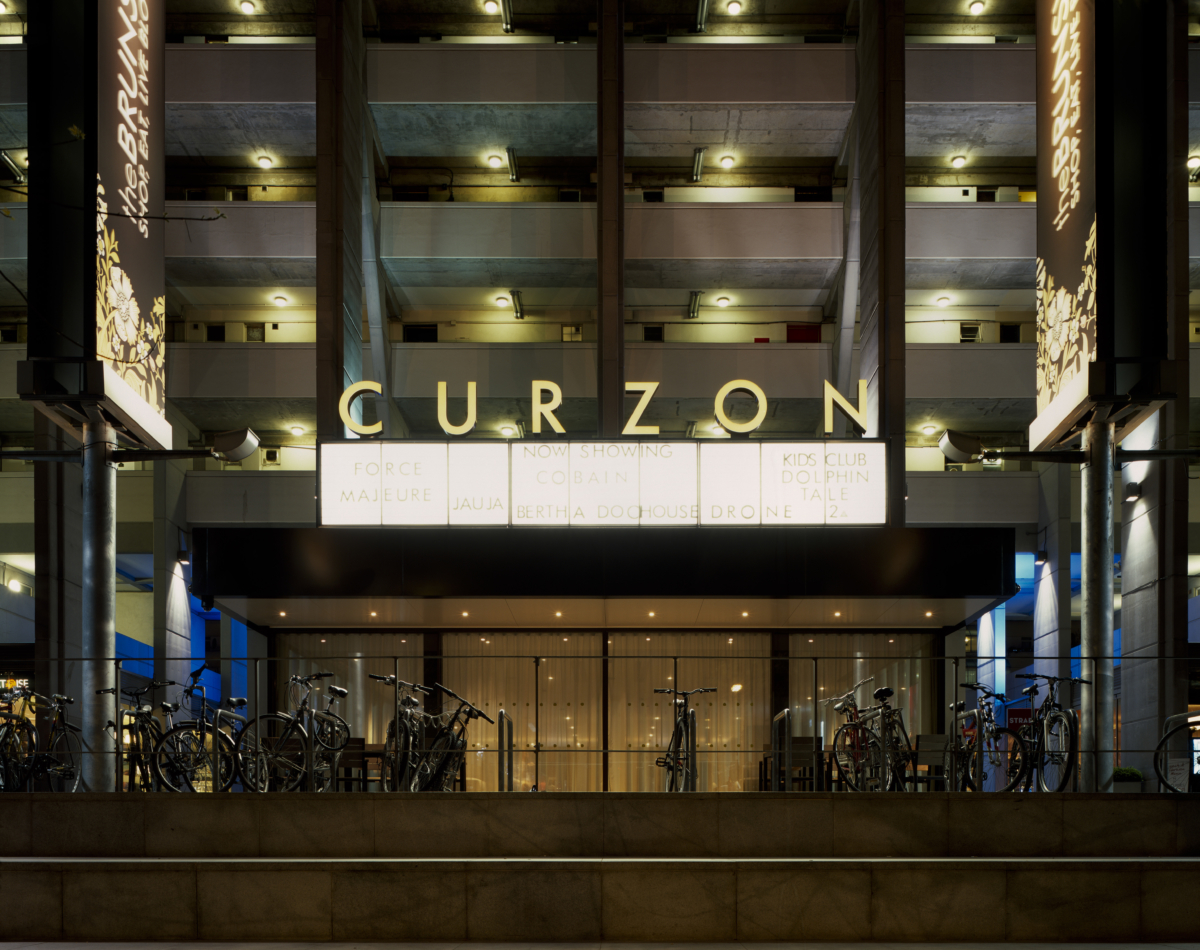
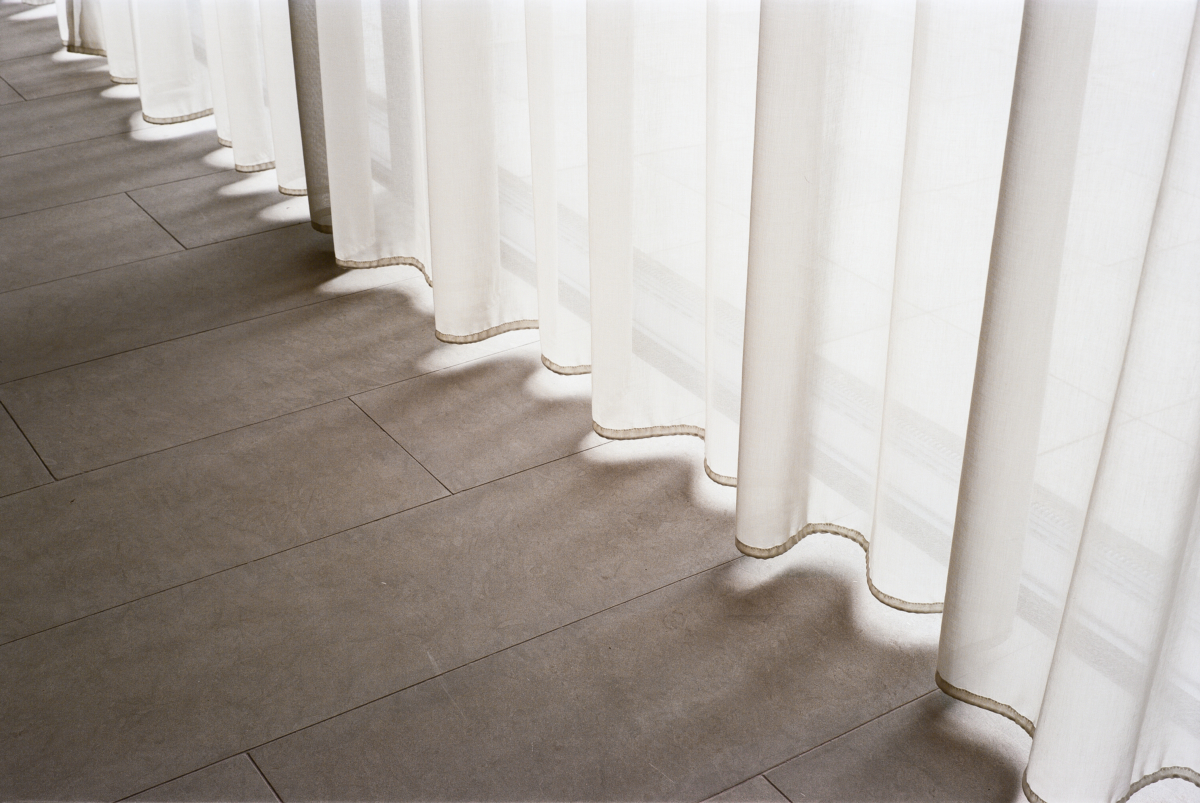
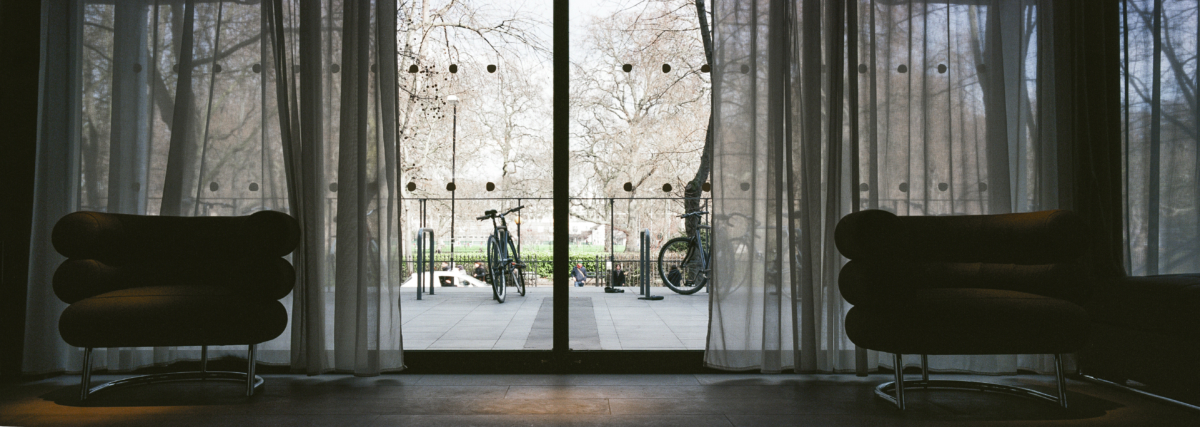
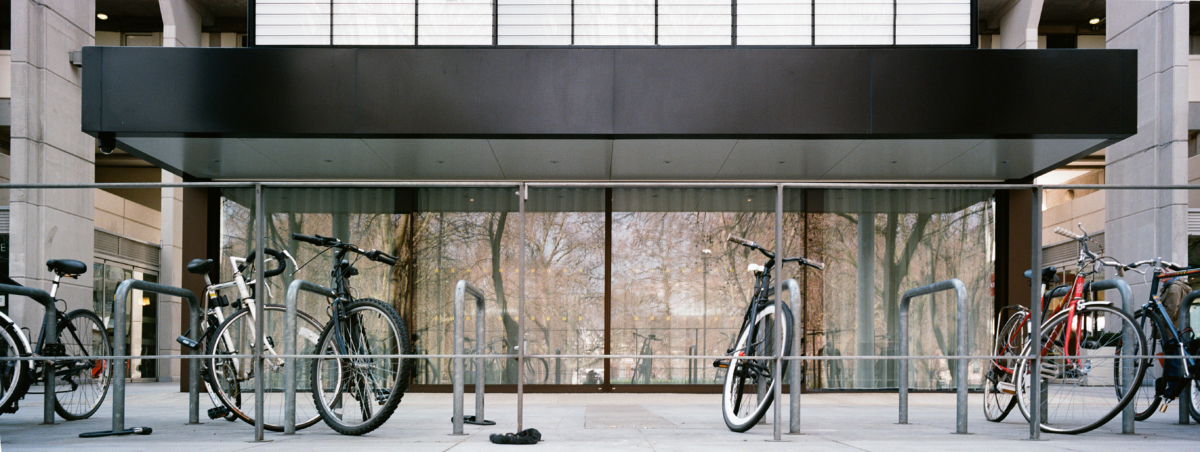
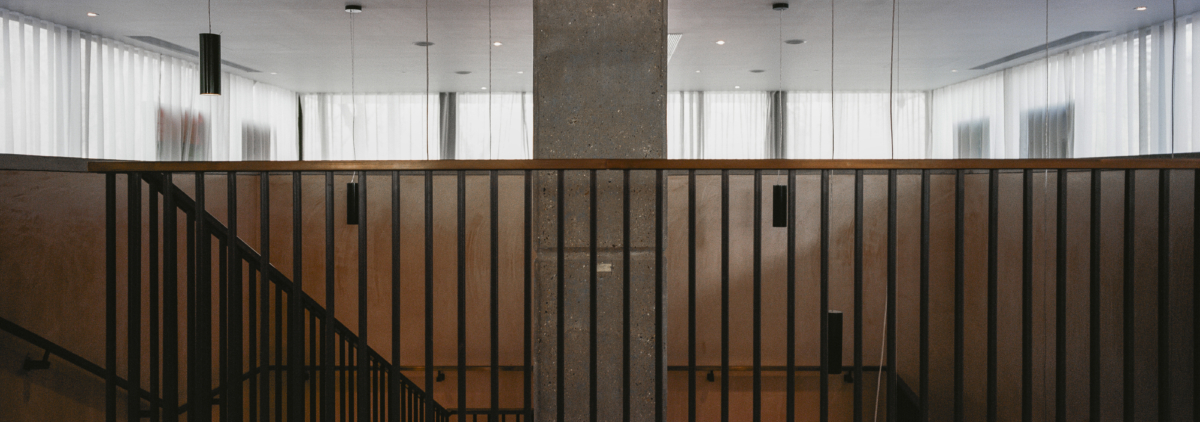
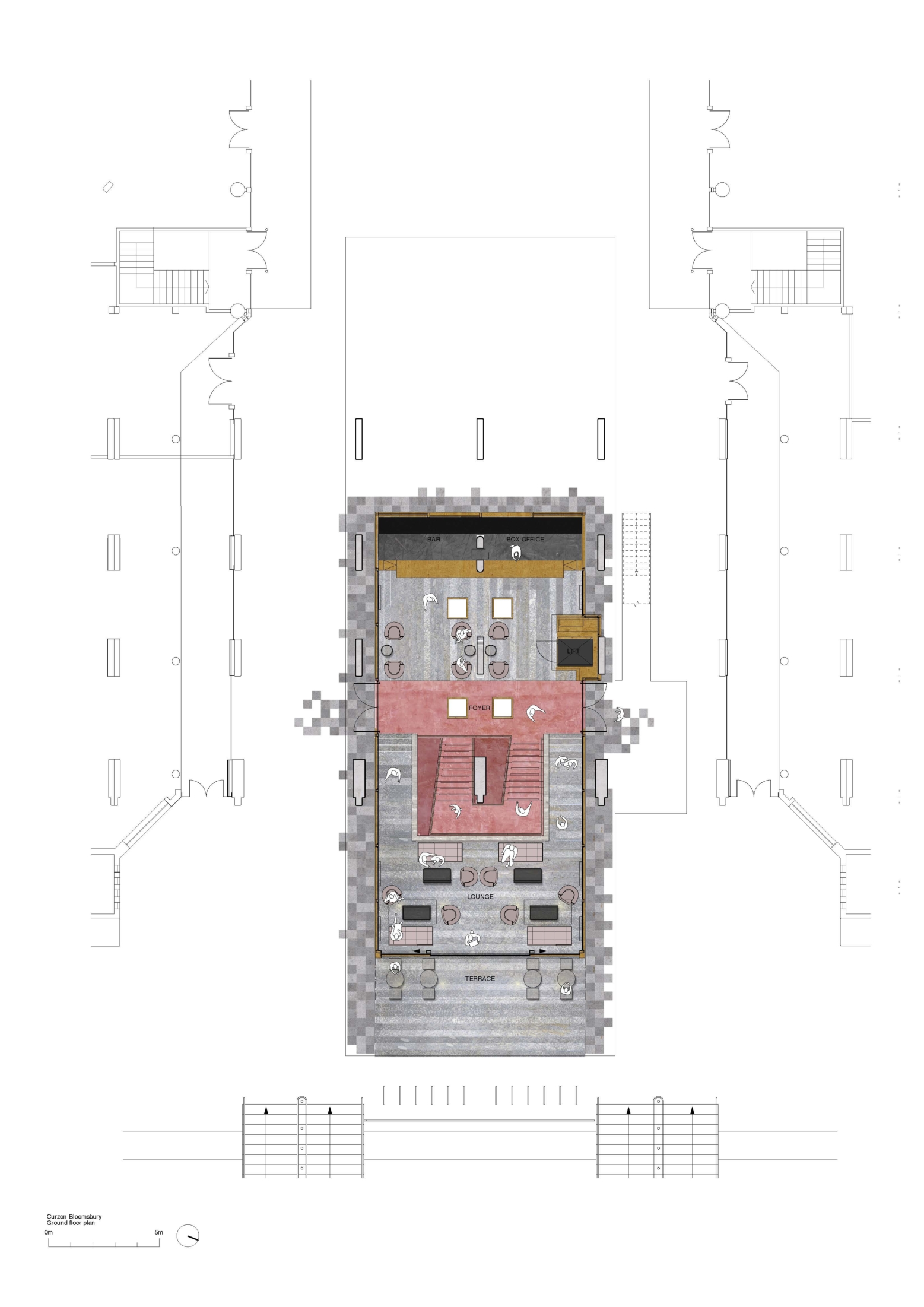
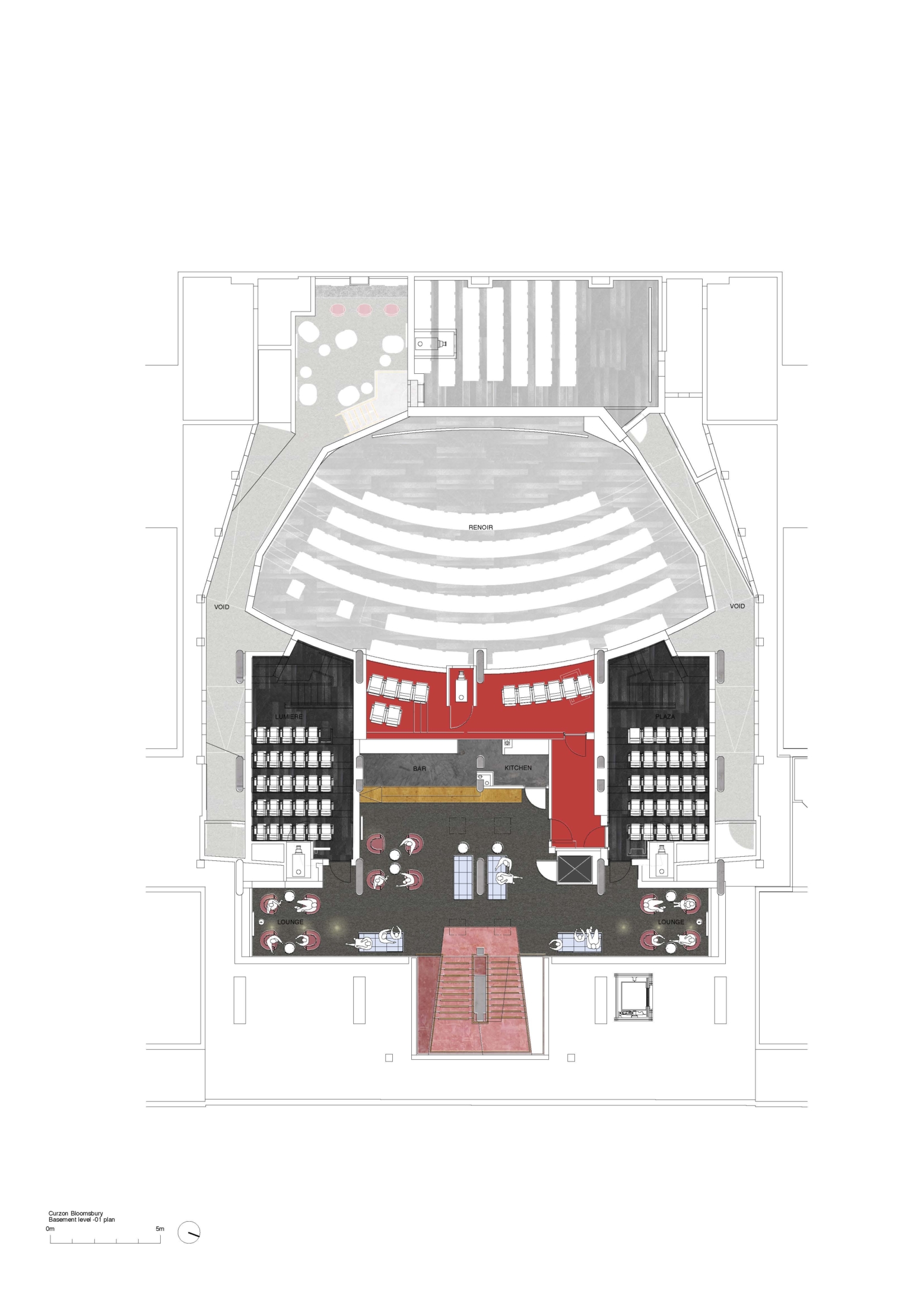
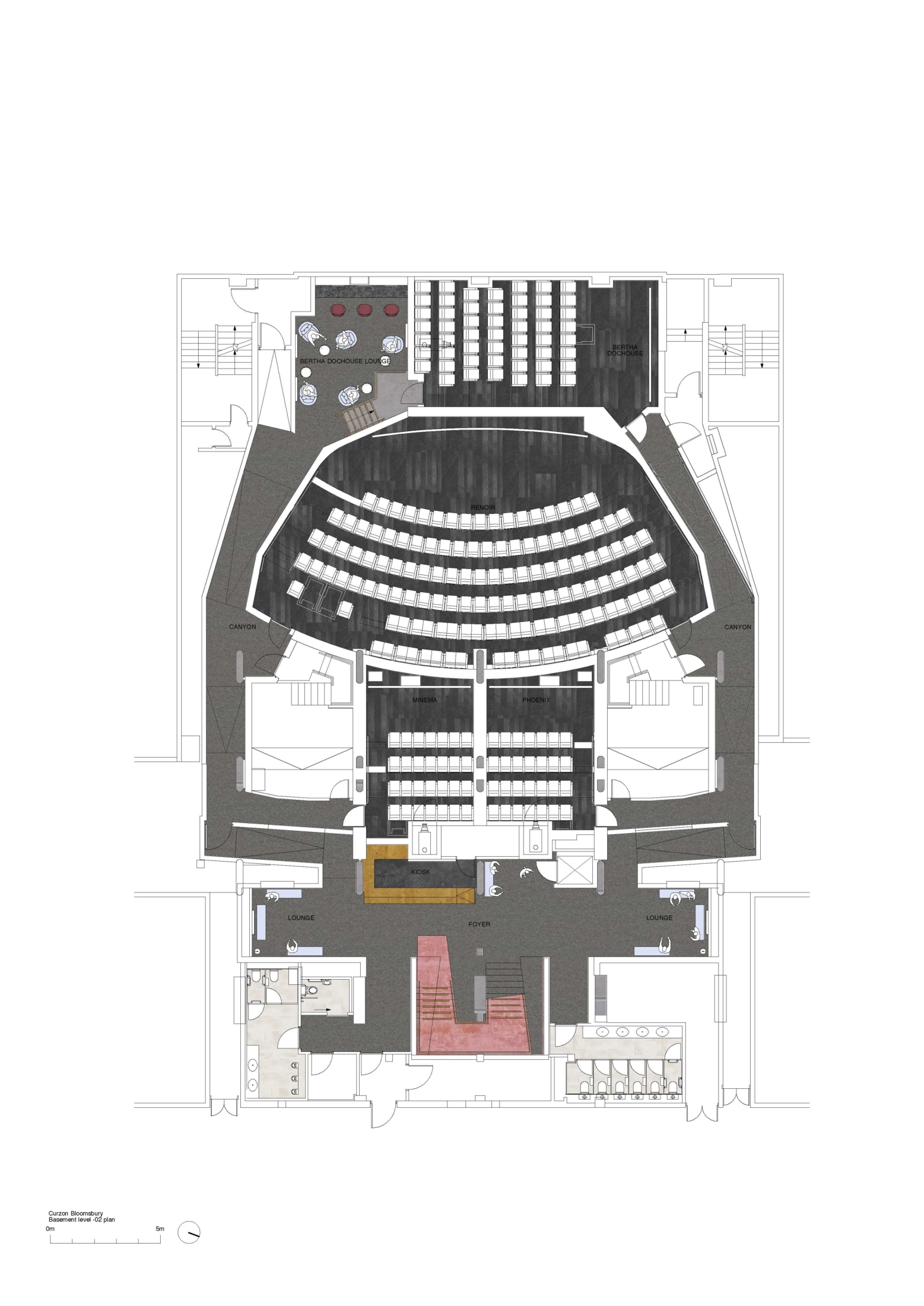
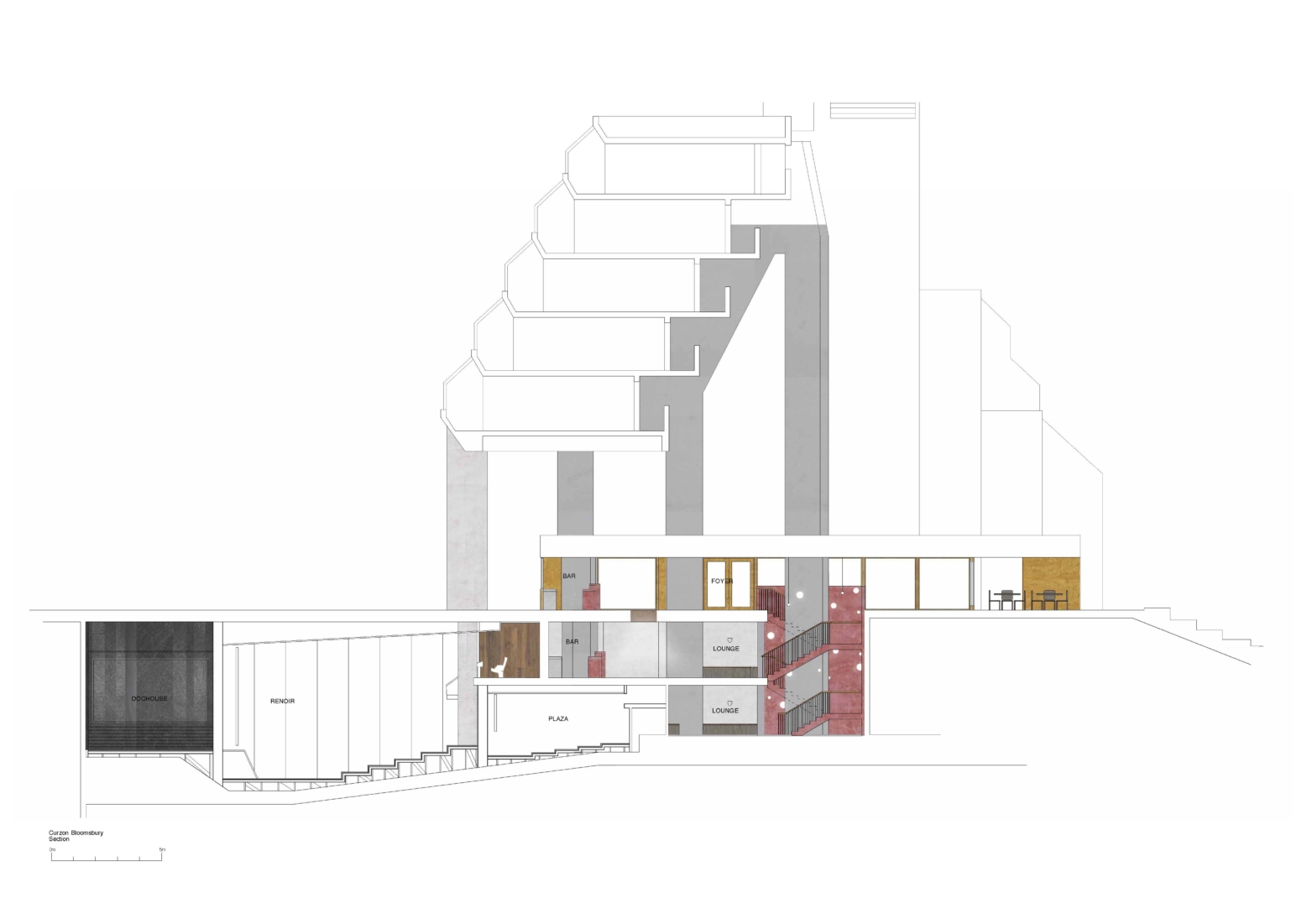
Material sensuality
Building materials have a presence that transcend beyond style or a certain period in history. Some materials and buildings last so much longer than the generations of its inhabitants. But most of all, these materials evoke certain emotion, memory and atmosphere.
The Brunswick centre and the former Renoir cinema have these qualities. The elegant and majestic brutal concrete structures have survived the initial struggles of its acceptance to the public in the early life and became a favourite with the residents, Londoners and the visitors. The architecture creates a sense of urban void with its simplicity, audacity and a sense of confidence.
Situated in this iconic setting, the Renoir cinema also became an iconic favourite within the art cinema world. From the black kiosk building on the ground floor to the yellow signage and the large grey auditorium, there was something nostalgic and atmospheric, even moody about the materials, which were allowed to age and become elegantly rustic.
For the new Curzon Bloomsbury intervention, our aim was to focus on these existing materials and to enhance and create a new set of sensuality through the layering of existing and added materials.
With this in mind, the films that came to our minds as inspiration were by Andrei Tarkovsky, such as Nostalgia, Mirror and Stalker. The building materials in his films show a sense of time, tactility, memory and emotion. Peter Greenway was another film maker that we referred to for some of the more sensual use of colour. In The Cook, the Thief, His Wife and Her Lover, the use of colour is particularly strong as the characters move from one space to another highlighting the sensuality and intimacy of the narrative.
We retained and exposed most of the existing concrete columns from the fake boxing outs. We opened up and created verticality through the stair void, connecting all three floors for the first time with a single new pink concrete stair. During construction, once stripped back, the undercroft of the cinema resembled the tunnel scene from Tarkovsky’s Stalker.
The walls are washed and finished with hand applied plaster and all the entry doors to the auditoriums are in gold metal, signifying an important step in the procedure for the audience. Gentle and sensual lighting washes the walls, the columns and the circulation spaces guiding the visitors through the senses rather than too many graphic signs. The new auditoriums have been designed to take the idea of a ‘black box’ to its extreme, asking the audience to submit themselves to the experience of viewing a film in an uncluttered void. We proposed bronze handrails and bronze push plates ironmongery, wherever you touch in the building.
The furniture in the lounge and foyer spaces are by Eileen Gray, an architect and a designer from the early 20th century. Her iconic furniture covered in high quality Scandinavian Kvadrat fabric is arranged in a way to evoke a domestic environment.
This cinema has always been about the loyal, devoted art cinema fans, who would like to stay around with a glass of wine. Armchairs, daybeds, side tables and rugs set the scene well for discussing and dissecting films or quiet contemplation, evoking a feeling of a public living room.
Atmosphere is created by the past memory, the added layers, light and shadow as well as the materiality of a space. Working with the existing conditions and the discovered materiality, the new Curzon Bloomsbury is all about the dialogue of the senses and the time reflected in the materials to let the audience escape and immerse into the films they have come to see.
t-sa Team: Takero Shimazaki, Jennifer Frewen, Erika Suzuki, Jon Errazti De Miguel
_
Photographs
Hélène Binet, Anton Gorlenko